Wat trek je een baby aan in bed?
What to Dress Baby in Bed?: A Comprehensive Guide for Parents
Table of Contents
- Introduction
- The Importance of Proper Sleepwear
- Safety Above All
- Why Safety Must Be a Priority
- SIDS and the Role of Sleepwear
- Seasonal Clothing
- Spring and Summer
- Autumn and Winter
- Choosing the Right Fabric
- Cotton
- Bamboo
- Wool
- Different Types of Sleepwear
- Onesies
- Pajamas
- Sleeping Bags
- Room Temperature
- How to Regulate Room Temperature
- Ideal Room Temperatures by Season
- Layers and How to Use Them
- The Art of Layering
- Practical Tips for Layering
- What to Do in Case of Overheating
- Signs of Overheating
- How to Act When Overheating Occurs
- Special Considerations for Premature Babies
- The Specific Needs of Premature Babies
- Recommended Clothing for Premature Babies
- When and How to Change Clothes
- Signs It's Time to Change
- Tips for Easy Changing
- The Role of Accessories
- Caps and Socks
- The Use of Mittens
- Tips from Experienced Parents
- Practical Experiences and Recommendations
- Common Mistakes and How to Avoid Them
- Frequently Asked Questions (FAQ)
- Conclusion
Introduction
As a parent, you naturally want the best for your baby, especially when it comes to their sleep comfort. One of the most important questions many new parents have is: "What should my baby wear in bed?" This question is crucial, as the right clothing can make the difference between a restful sleep and a restless night. In this guide, we delve deep into all the aspects you need to consider when dressing your baby for bedtime.
The Importance of Proper Sleepwear
Choosing the right sleepwear for your baby is not just a matter of comfort but also of safety. Babies cannot yet regulate their body temperature well, so it is up to us, the parents, to ensure that they are not too hot or too cold.
Safety Above All
Why Safety Must Be a Priority
Safety is always the primary consideration when dressing your baby for the night. Improper clothing can lead to overheating or suffocation, both of which pose serious risks.
SIDS and the Role of Sleepwear
Sudden Infant Death Syndrome (SIDS), also known as crib death, is one of the greatest fears of every parent. While the exact causes of SIDS are unknown, it has been proven that safe sleep practices, including the right clothing, can reduce the risk.
Seasonal Clothing
Spring and Summer
In the warmer months, you want to choose light, breathable fabrics. Think of cotton onesies or thin pajamas without extra layers. Keep the room cool and avoid overheating.
Autumn and Winter
When temperatures drop, warmer fabrics and multiple layers are key. Fleece pajamas or a sleeping bag can be a good choice to keep your baby warm without the risk of loose blankets.
Choosing the Right Fabric
Cotton
Cotton is a popular choice due to its breathable and hypoallergenic properties. It is gentle on the baby's skin and helps wick away moisture, which is particularly useful in summer.
Bamboo
Bamboo fabrics are soft, durable, and have excellent temperature-regulating properties. They are ideal for both warm and cold nights.
Wool
Wool can be an excellent choice for the winter months. It is a natural insulator and can help keep your baby warm without overheating.
Different Types of Sleepwear
Onesies
Onesies are versatile and can be worn both as an underlayer and as the only garment depending on the temperature. Onesies from Donder are made of 95% cotton.
Pajamas
Pajamas come in various styles, from single-piece to two-piece sets. They provide more coverage and can vary from lightweight to thicker material. At Donder, we have cotton Pajamas, including the slightly thicker Joggyama made of cotton.
Sleeping Bags
Sleeping bags are great for babies because they allow movement while still keeping the baby warm. They also reduce the risk of suffocation from loose blankets.
Room Temperature
How to Regulate Room Temperature
It is important to monitor the room temperature. Use a thermostat or a room thermometer to ensure the room is not too warm or too cold.
Ideal Room Temperatures by Season
The ideal temperature for a baby's room is between 16 and 20 degrees Celsius. In summer, it can be a bit cooler, while in winter, a slightly higher temperature may be desirable.
Layers and How to Use Them
The Art of Layering
The layering system works well because you can easily add or remove a layer as the temperature changes. Start with a base layer such as an onesie and add a pajama or sleeping bag on top.
Practical Tips for Layering
Ensure that the layers are easy to put on and take off, especially at night. Use materials that breathe to prevent your baby from getting too hot.
What to Do in Case of Overheating
Signs of Overheating
Signs of overheating include redness, sweating, and rapid breathing. If you notice these signs, you need to act quickly to cool down your baby.
How to Act When Overheating Occurs
Remove one or more layers of clothing, move your baby to a cooler environment, and ensure adequate hydration. Consult a doctor if symptoms persist.
Special Considerations for Premature Babies
The Specific Needs of Premature Babies
Premature babies require special care because they often struggle with regulating their body temperature. They usually need more layers and special clothing that keeps them warm without overheating. At Donder, we also have premature sizes starting from size 38, but these are not listed on the website. Please send us a message if you would like to receive these for free.
Recommended Clothing for Premature Babies
For premature babies, layers of soft, breathable fabrics such as cotton or bamboo are ideal. Use special premature clothing that fits well but is not too tight.
When and How to Change Clothes
Signs It's Time to Change
If your baby is restless, sweating, or seems cold, it's time to check the clothing and possibly change it.
Tips for Easy Changing
Keep spare clothing and diapers within easy reach for quick changes. Choose clothing with simple fastenings like snaps or zippers.
The Role of Accessories
Beanie's and Socks
In colder months, beanies and socks can help retain your baby's body heat. Ensure they fit well and are made from breathable materials. At Donder, we have beanies and socks made of cotton, which are soft, comfortable, and warm.
The Use of Mittens
Mittens can be useful to prevent your baby from scratching themselves. Choose soft, breathable materials to avoid irritation. At Donder, we also have cotton scratch mittens, please send us a message if you would like to receive these for free with your order as they are not yet listed on the website.
Tips from Experienced Parents
Practical Experiences and Recommendations
Experienced parents recommend always having an extra set of clothing ready and investing in quality, breathable fabrics. Try different options to see what works best for your baby.
Common Mistakes and How to Avoid Them
A common mistake is to dress the baby in too many layers. It's better to start with fewer and add more if necessary.
Frequently Asked Questions (FAQ)
- How do I know if my baby is too hot or too cold?
- Check your baby's neck; if it feels warm and sweaty, your baby is too hot. Cold hands and feet can indicate that your baby is cold.
- What is the best room temperature for my baby?
- A temperature between 16 and 20 degrees Celsius is considered ideal.
- Should I let my baby wear a cap while sleeping?
- Generally, this is not necessary and can even be dangerous due to the risk of suffocation.
- What fabrics are best for babies with sensitive skin?
- Cotton and bamboo are soft, breathable options suitable for sensitive skin.
- Can I let my baby sleep in a sleeping bag in summer?
- Yes, but opt for a lightweight sleeping bag made of breathable material like cotton.
Conclusion
Dressing your baby for bedtime requires attention and care. By choosing the right fabrics, taking into account the room temperature, and applying the layering system, you can ensure that your baby sleeps comfortably and safely. Remember that every baby is different, so it may take some time to find the perfect combination. At Donder, we have done everything we can to make it as comfortable as possible for your baby.


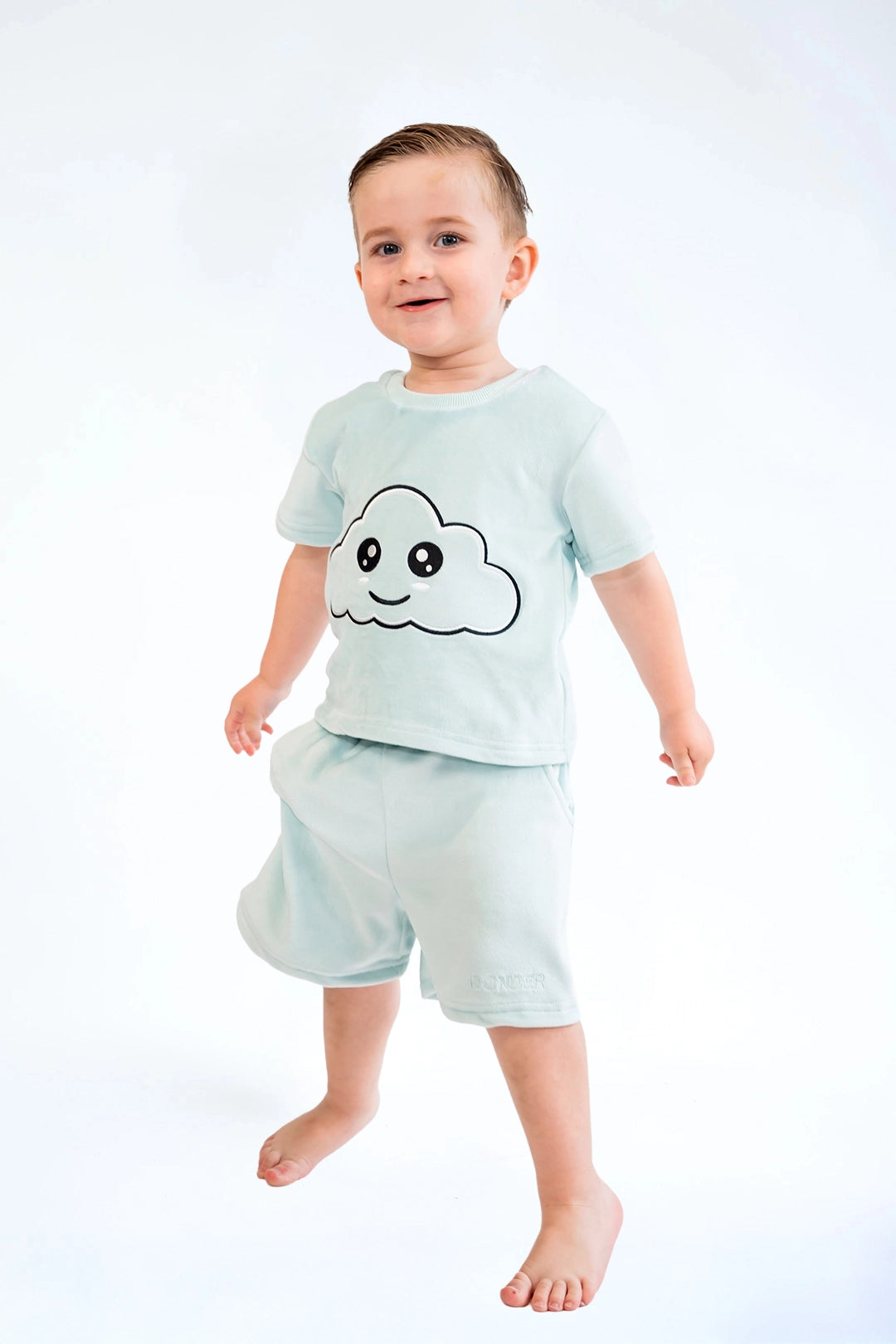
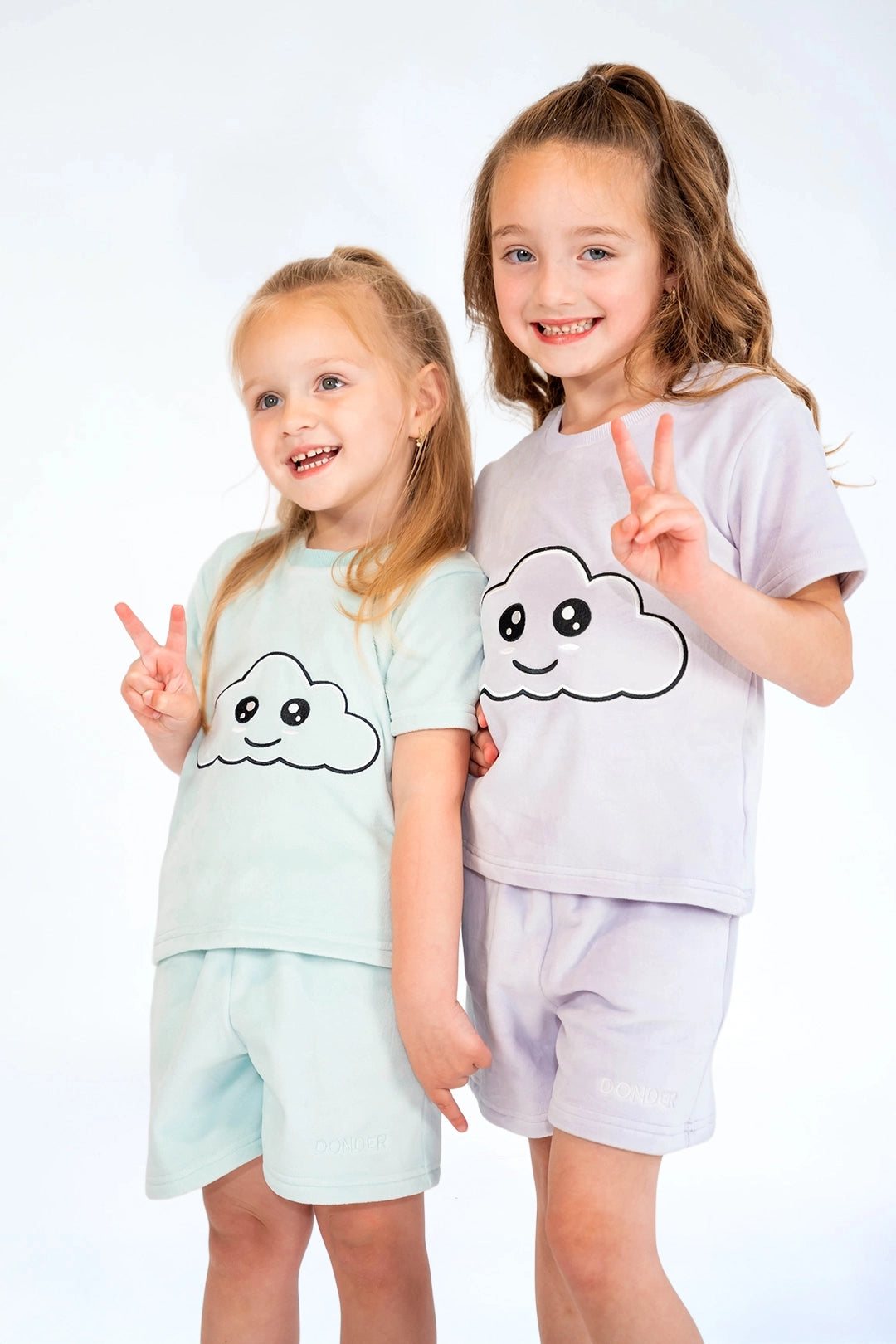
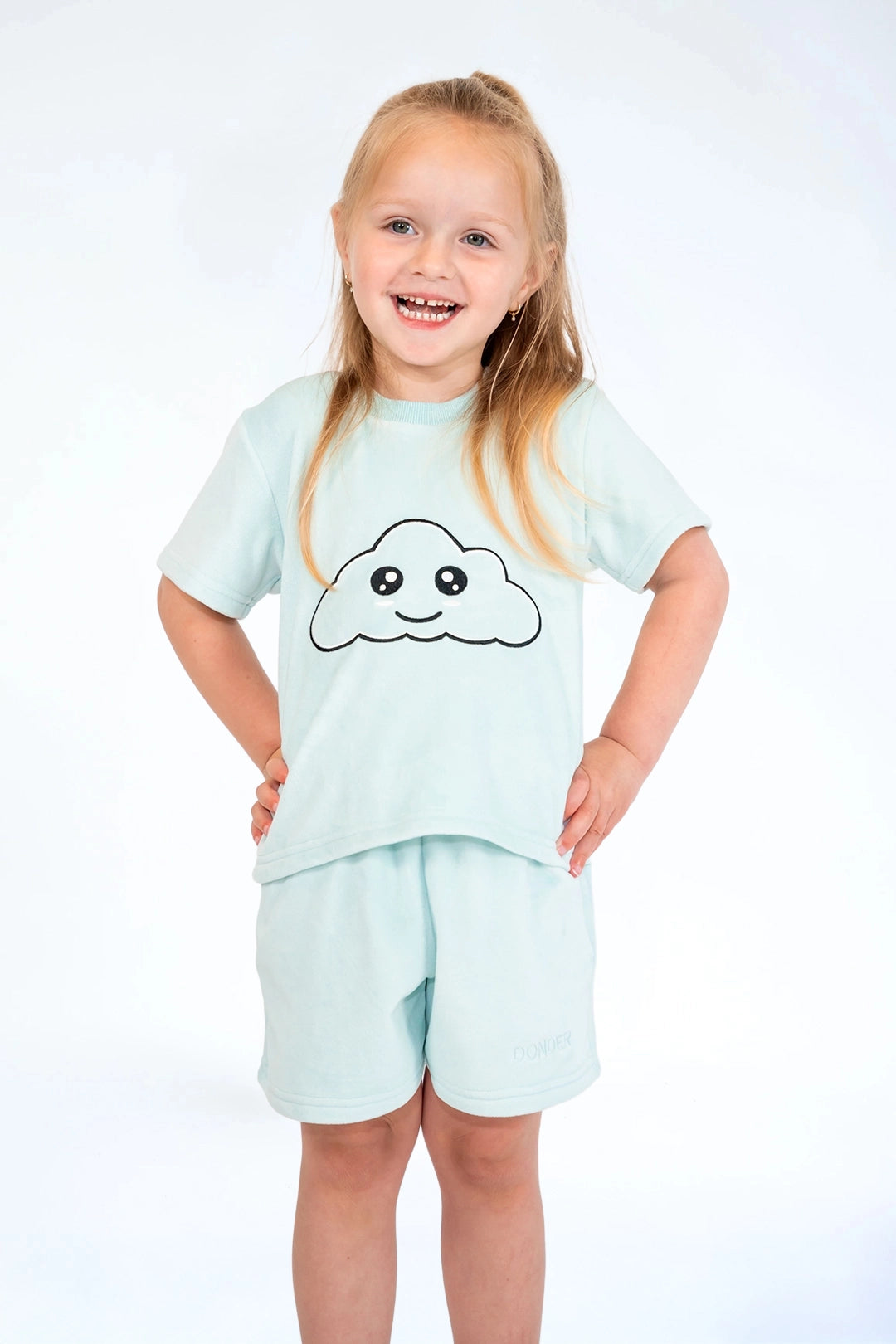

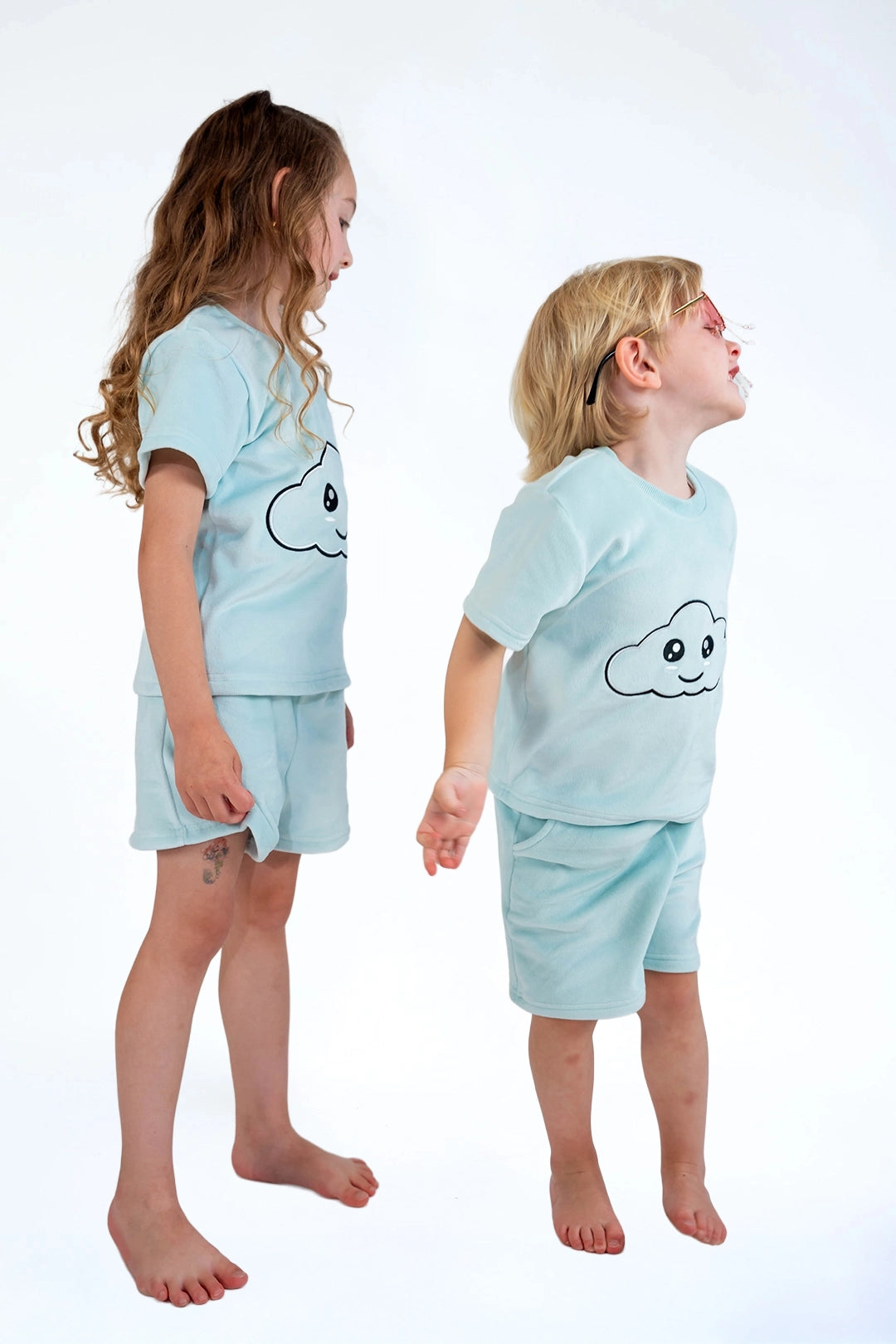
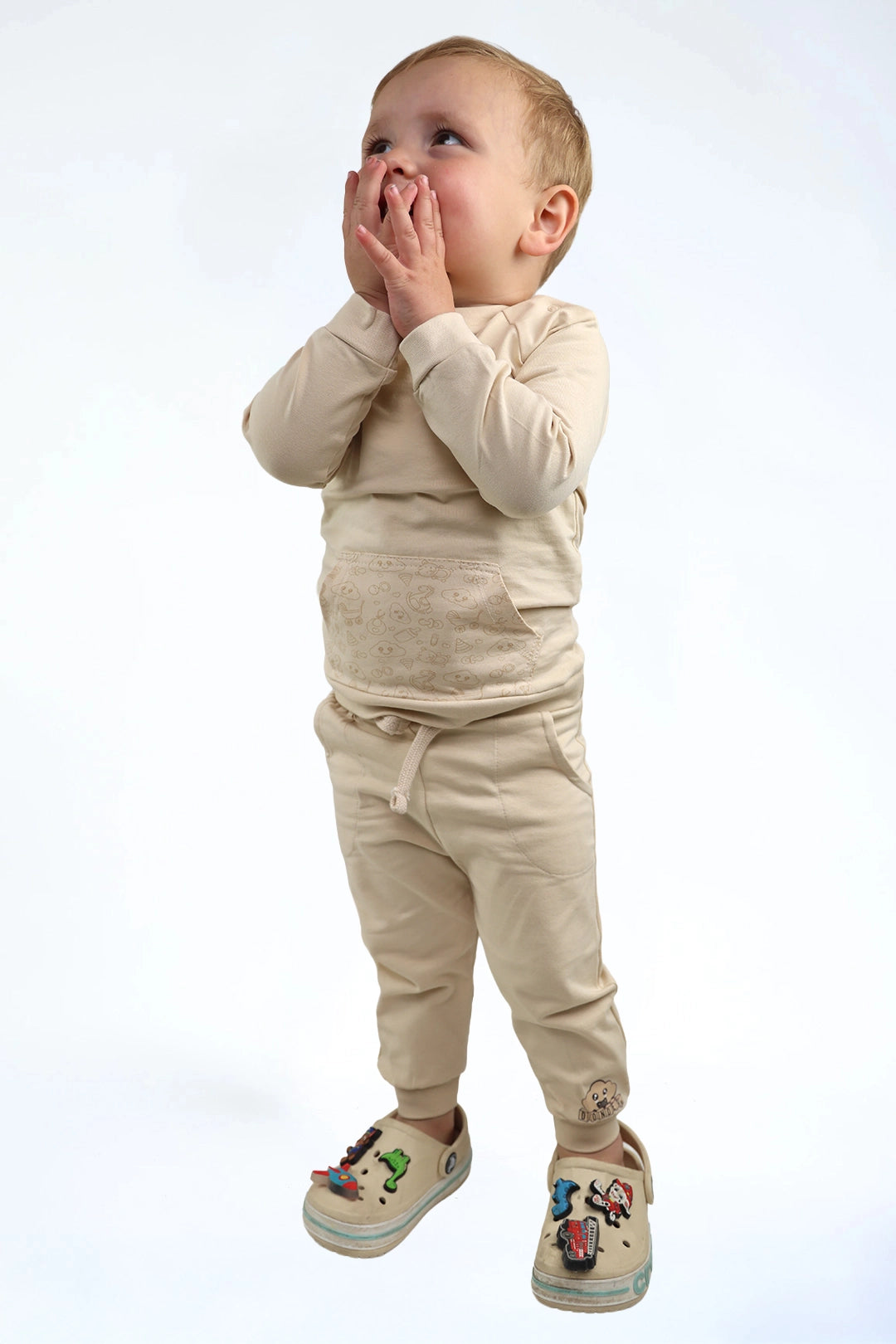
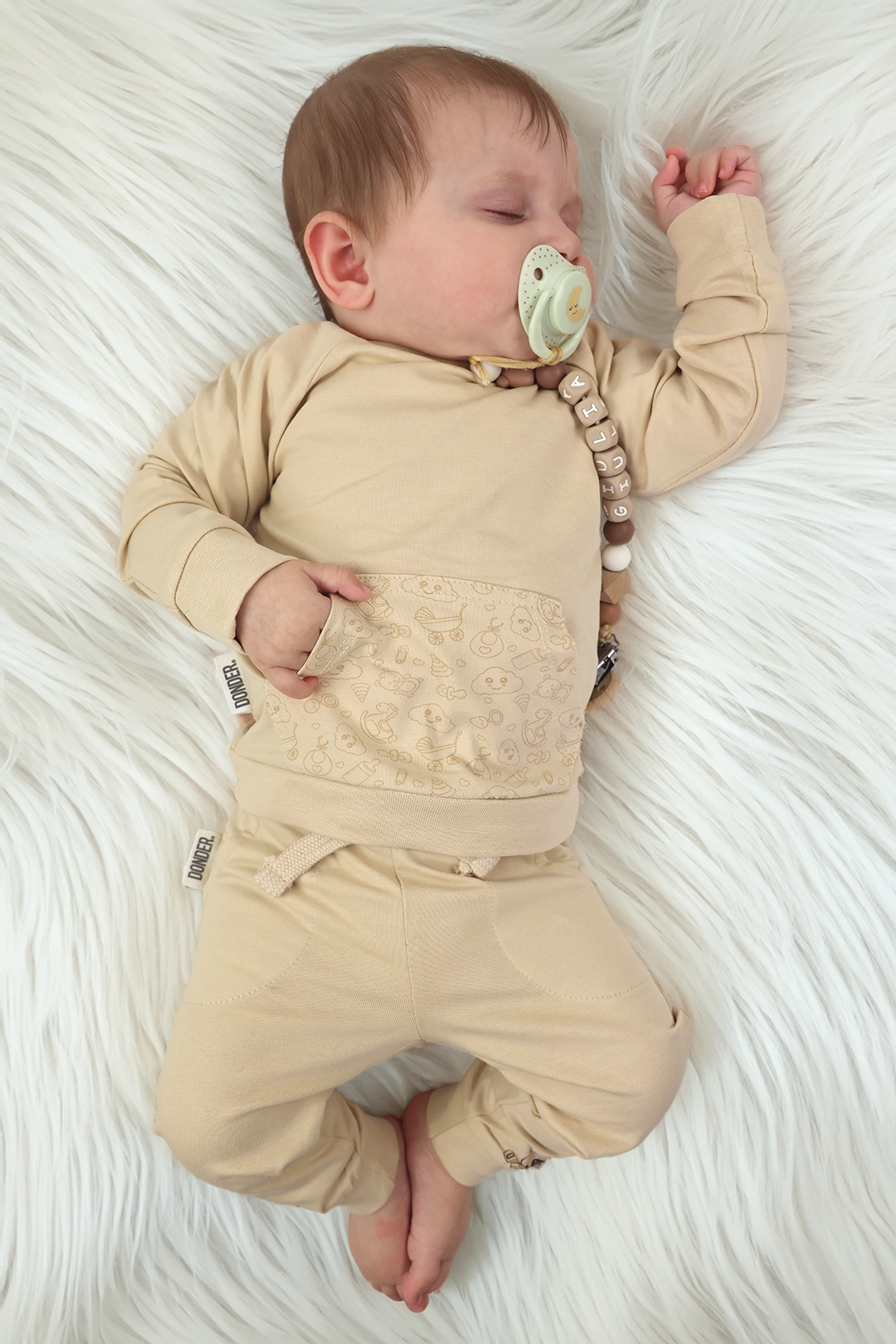
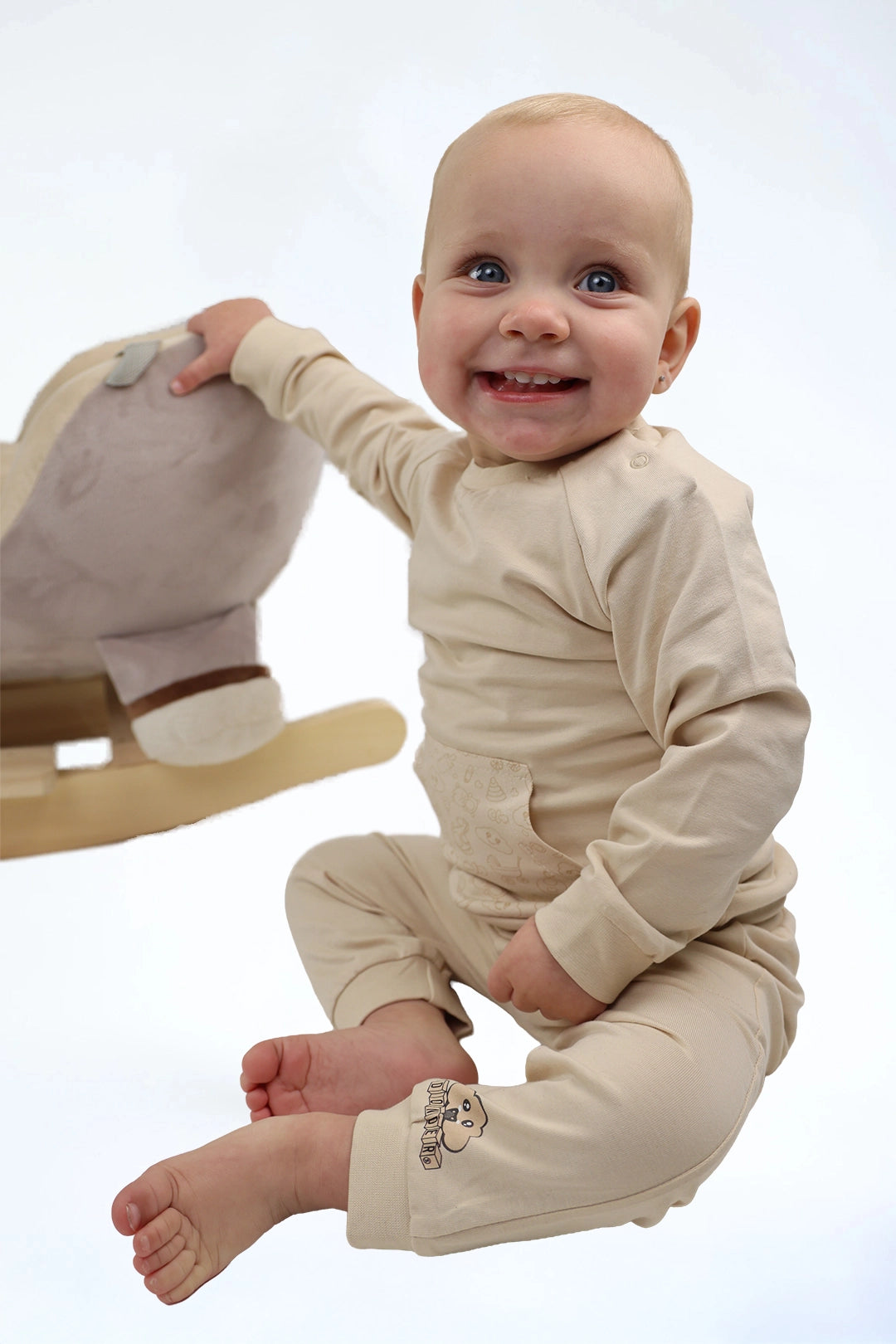
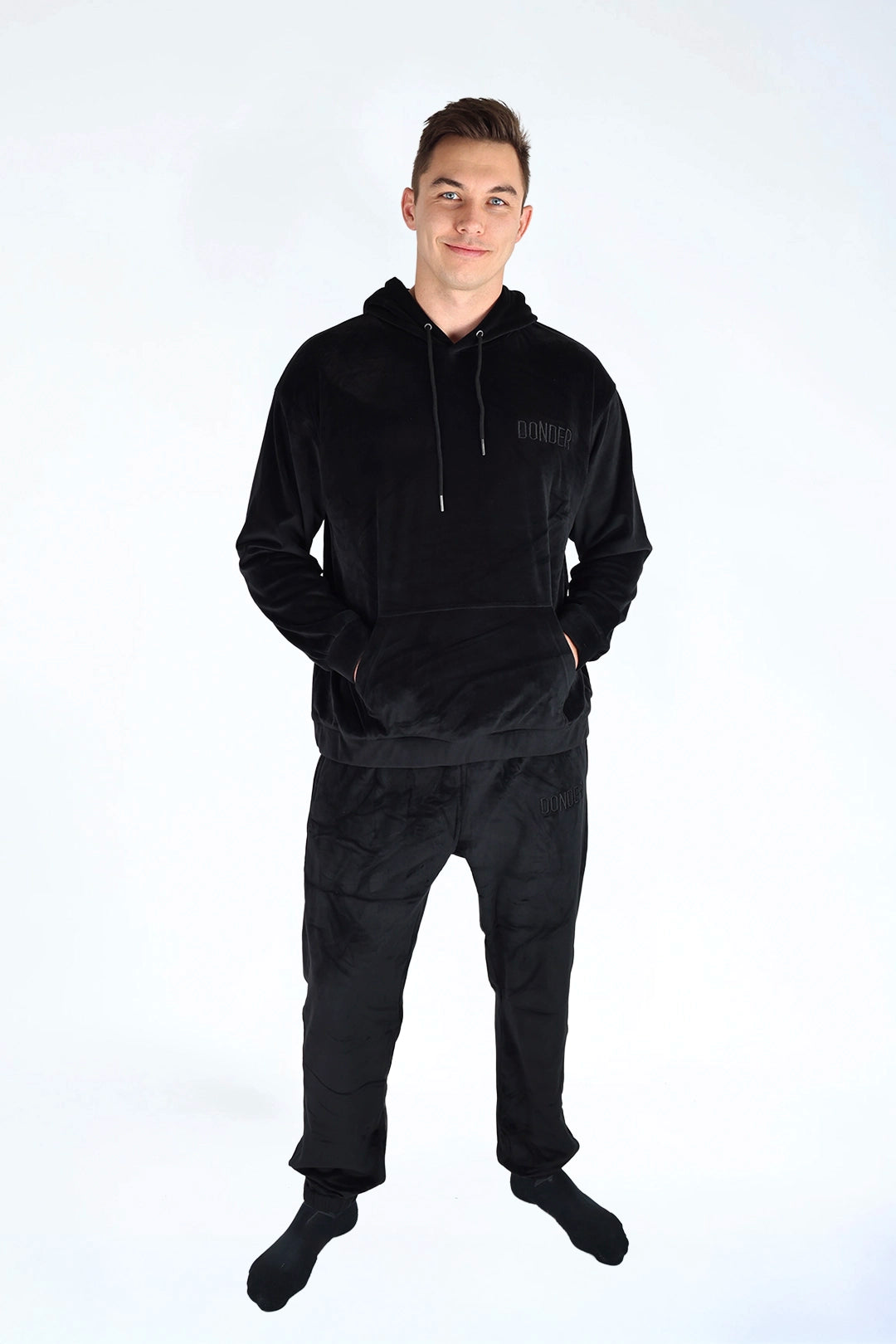
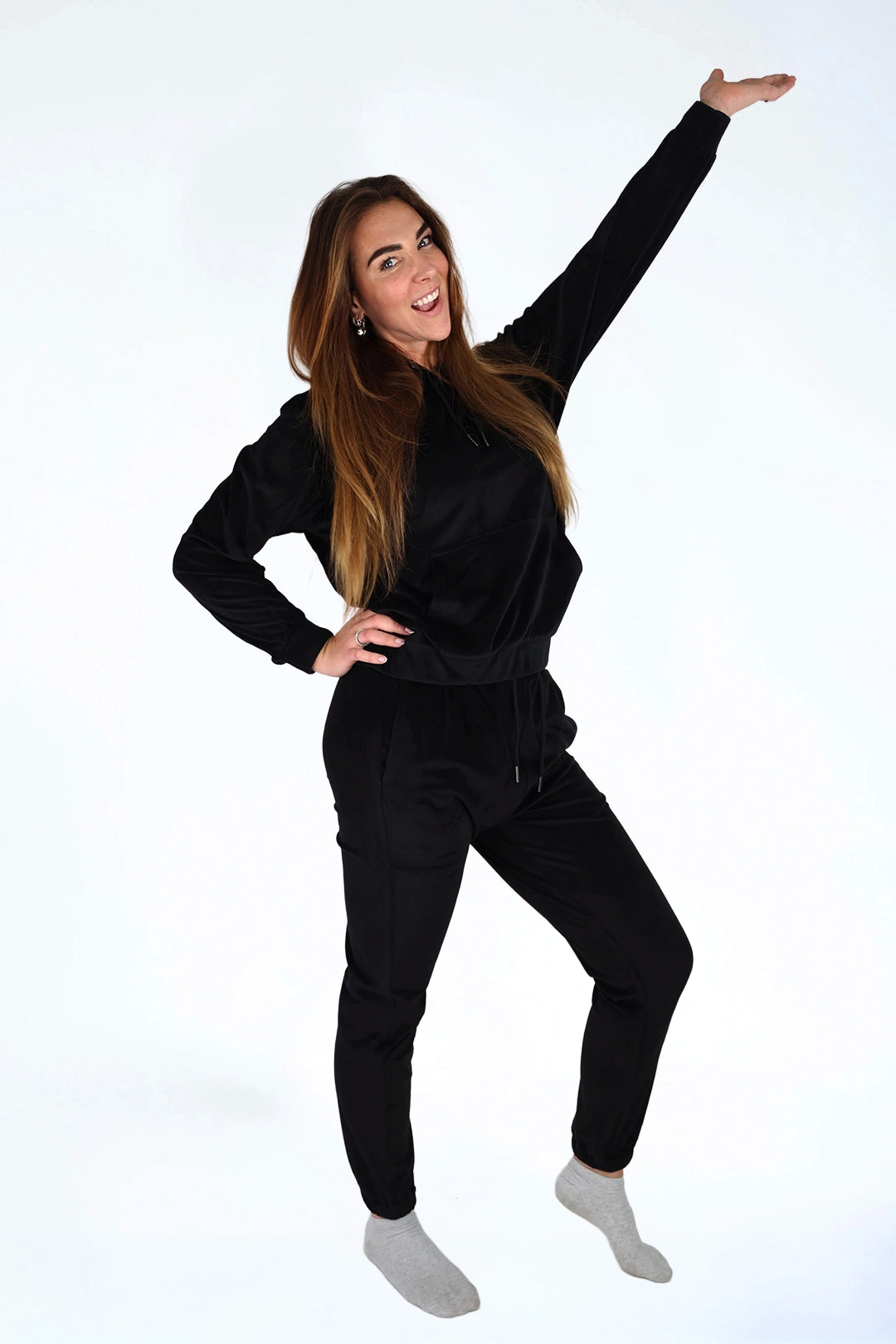
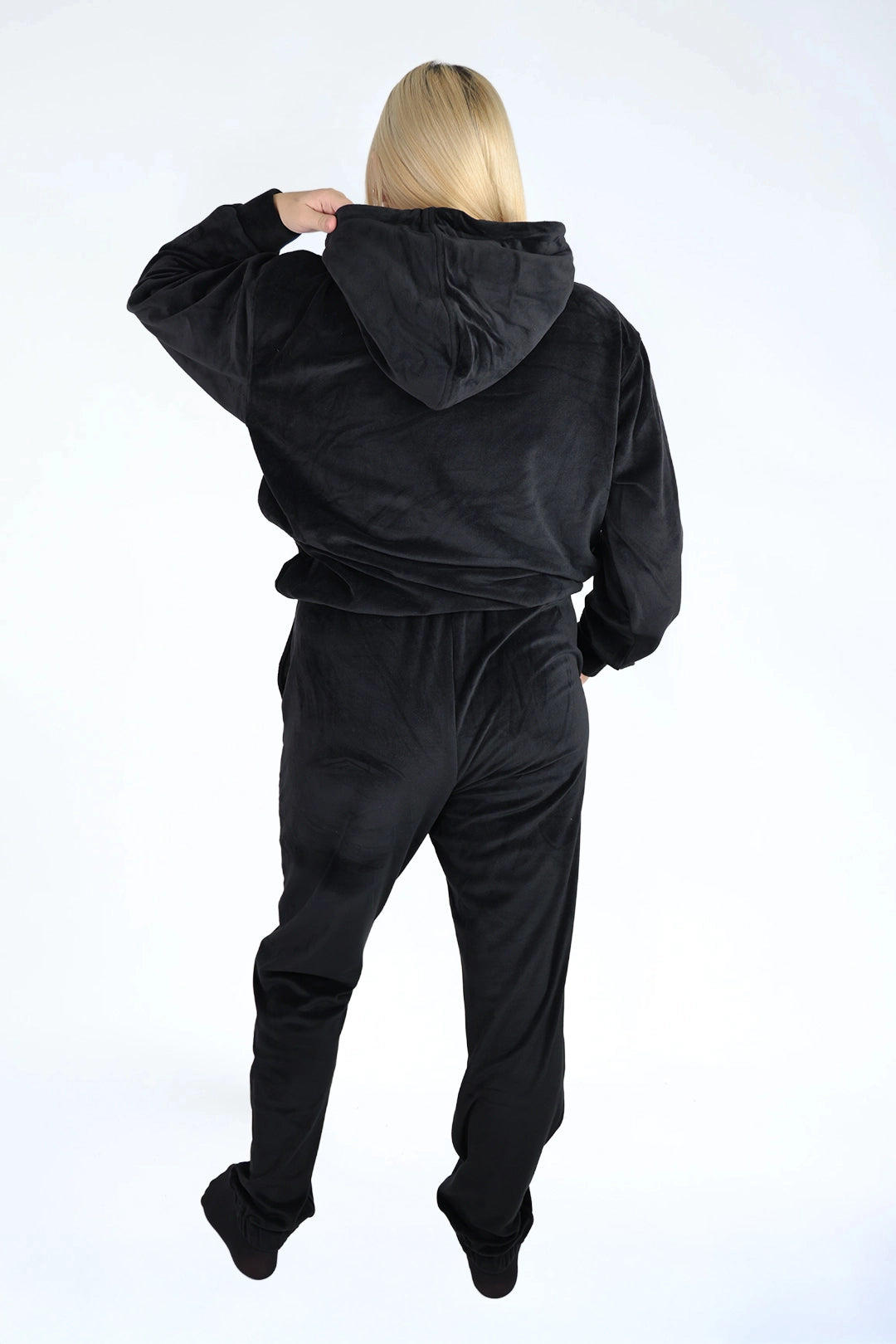
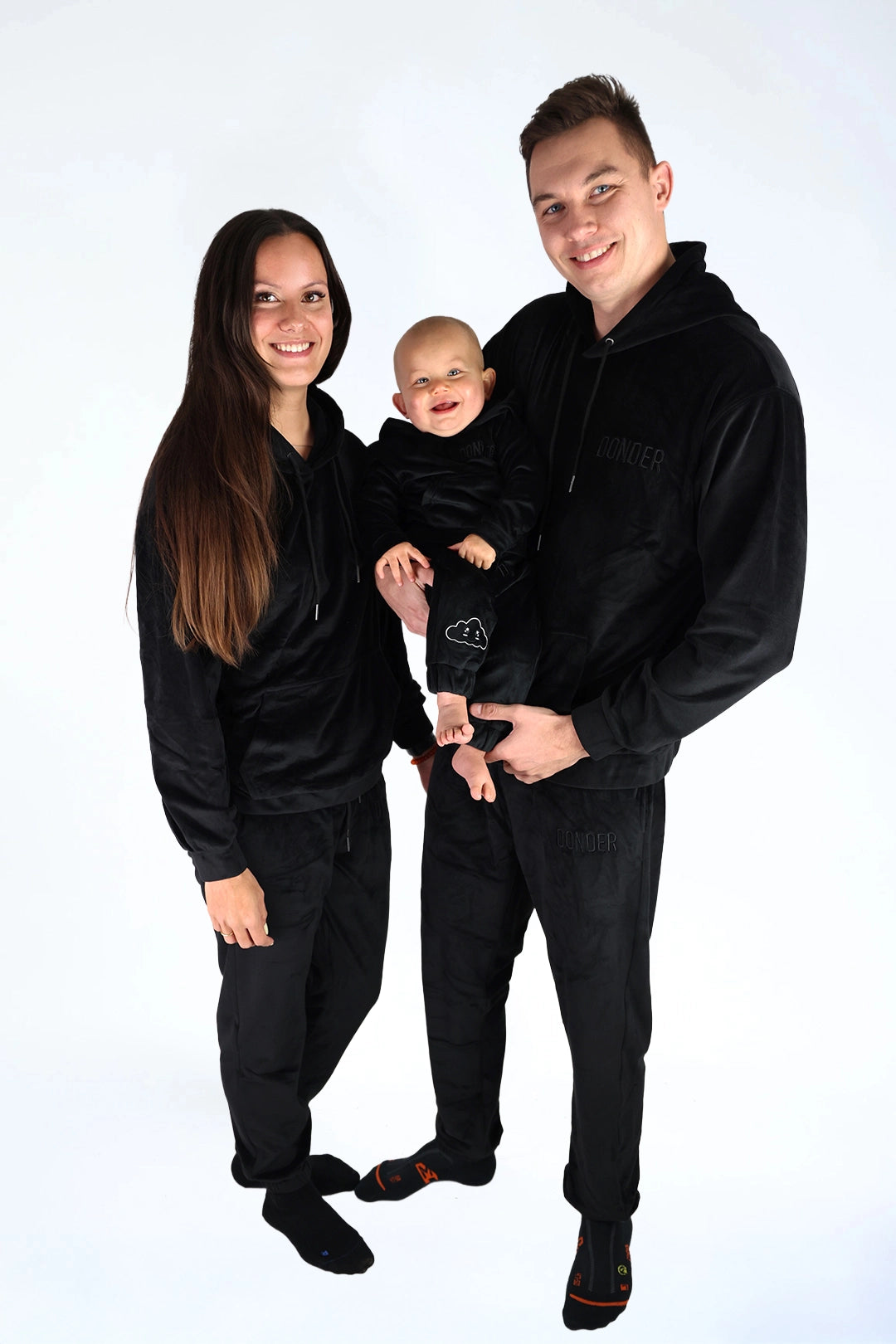
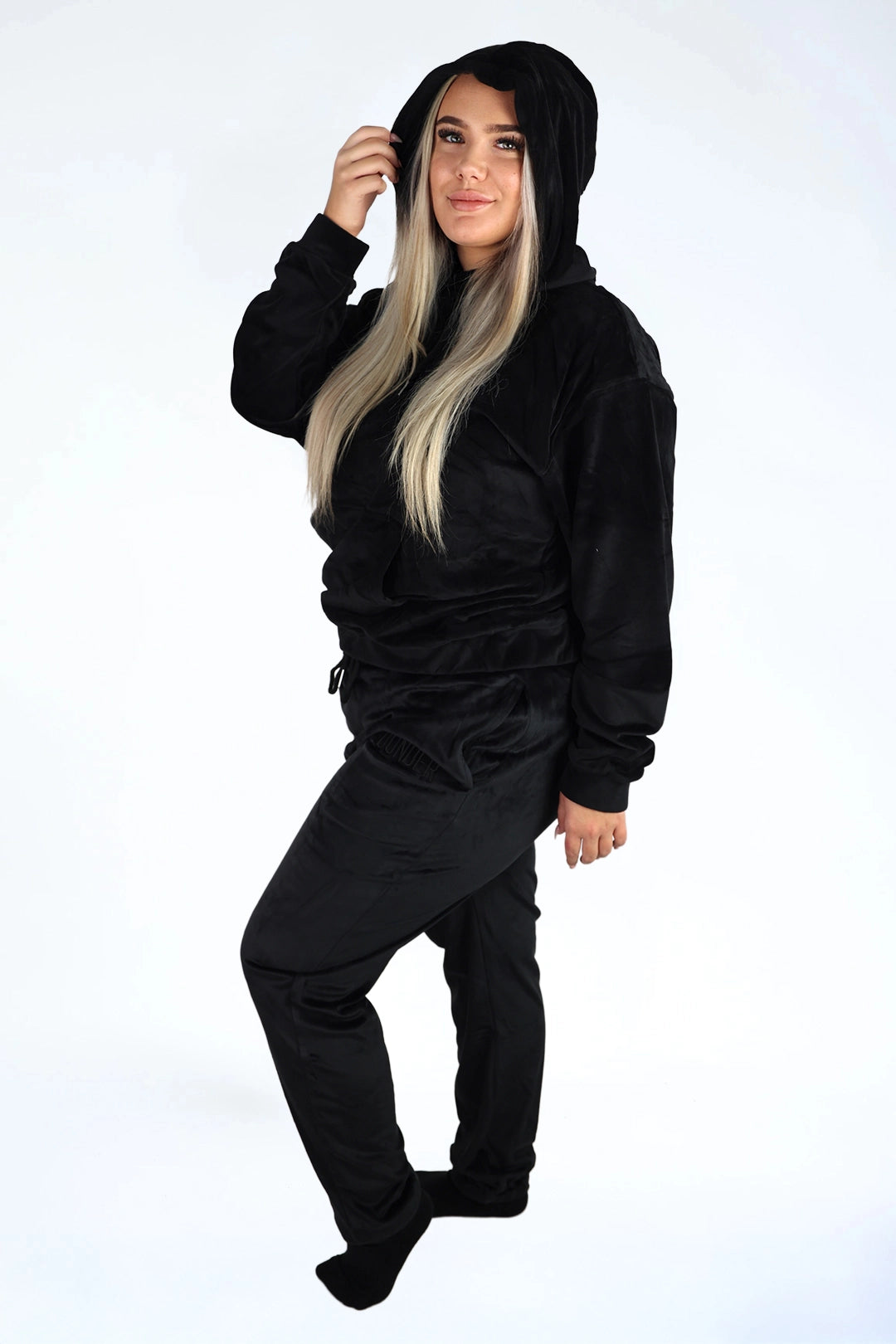
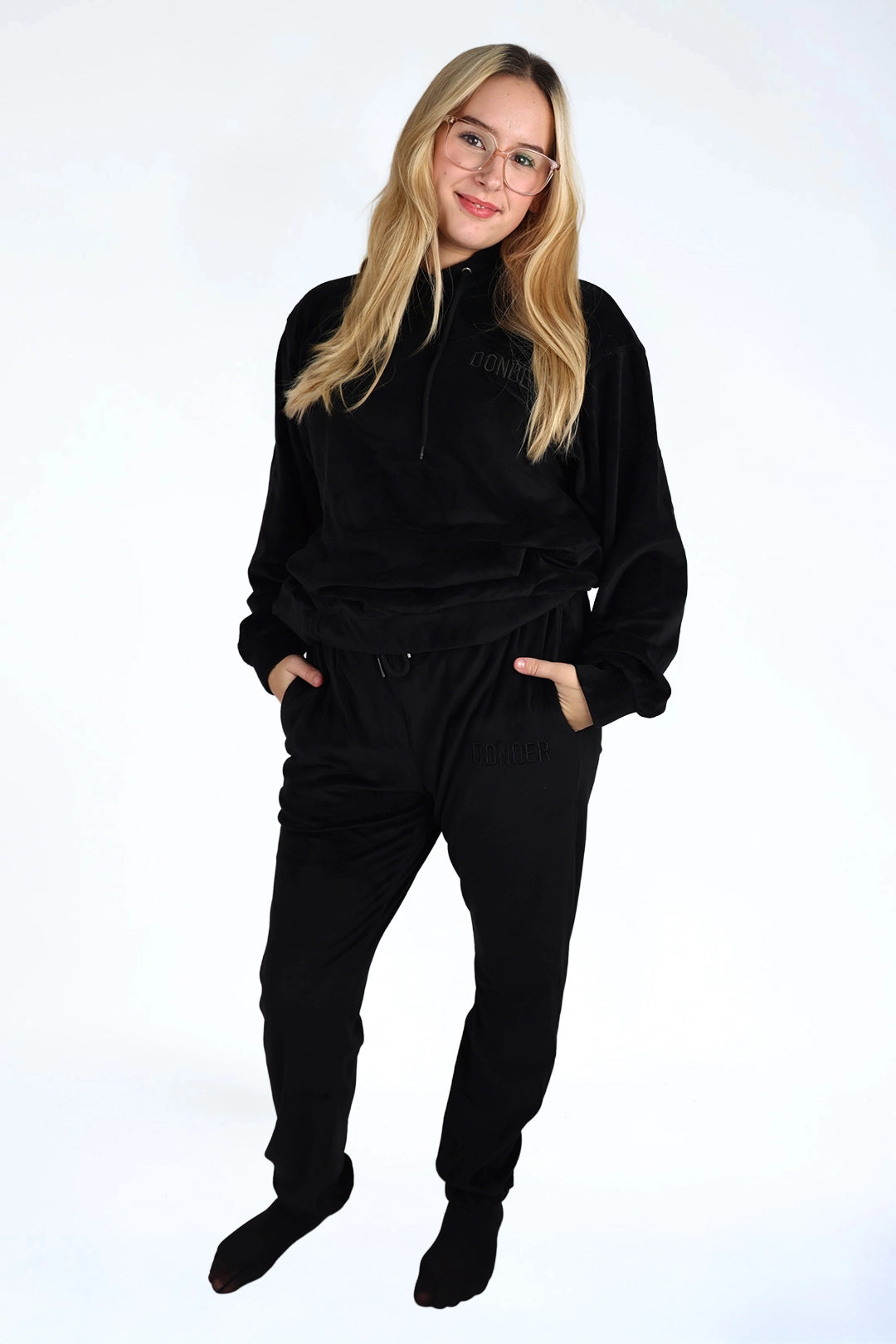

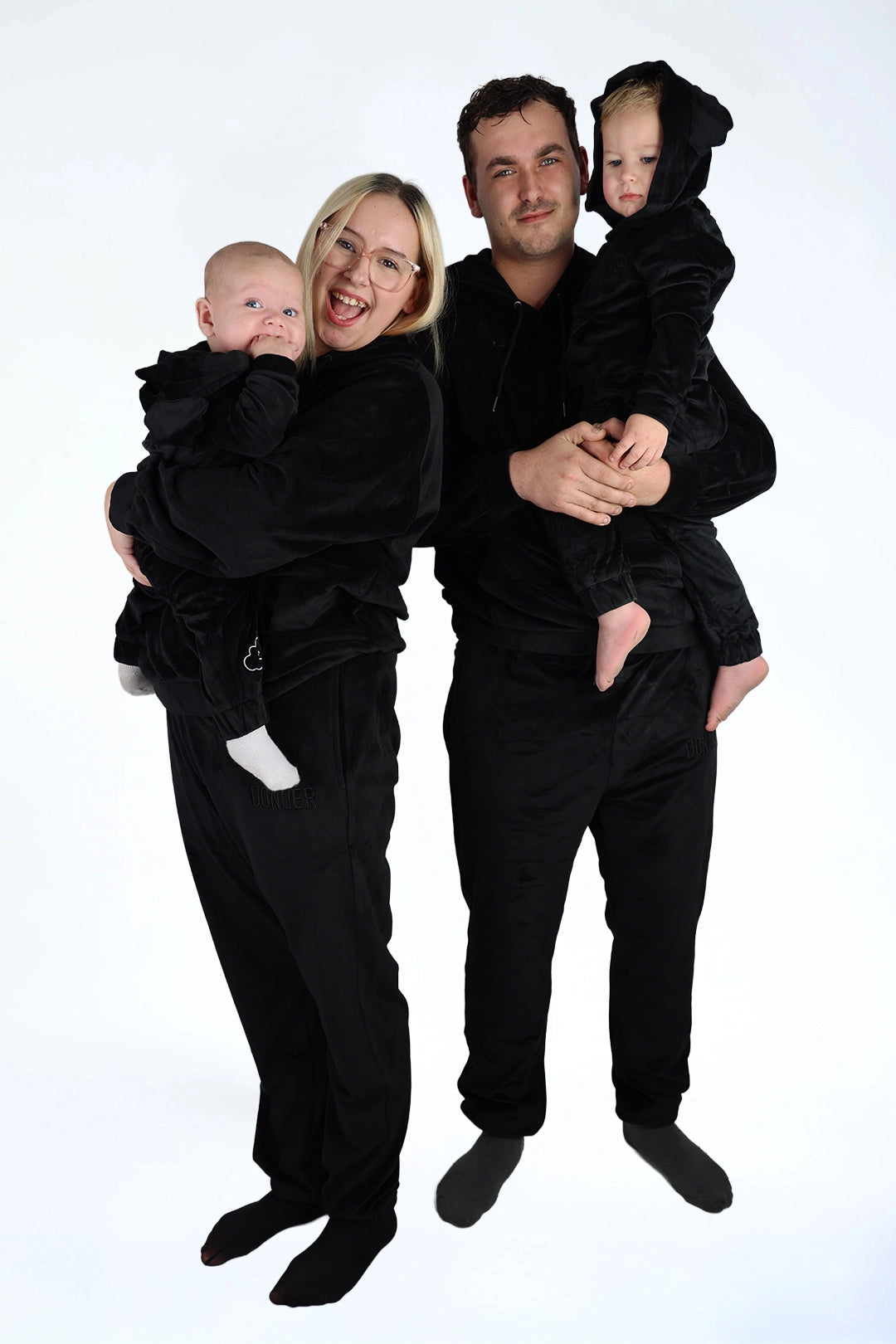
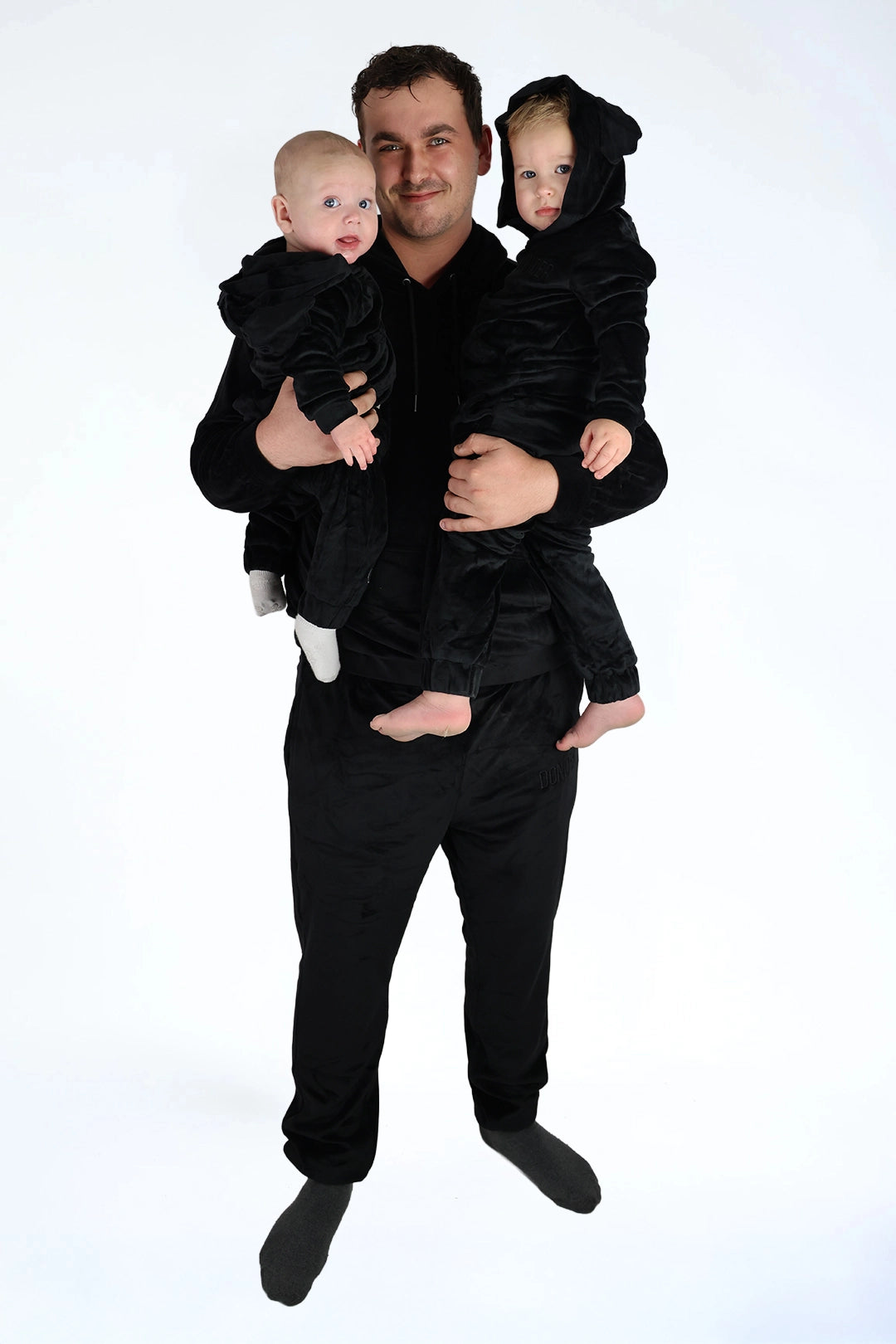
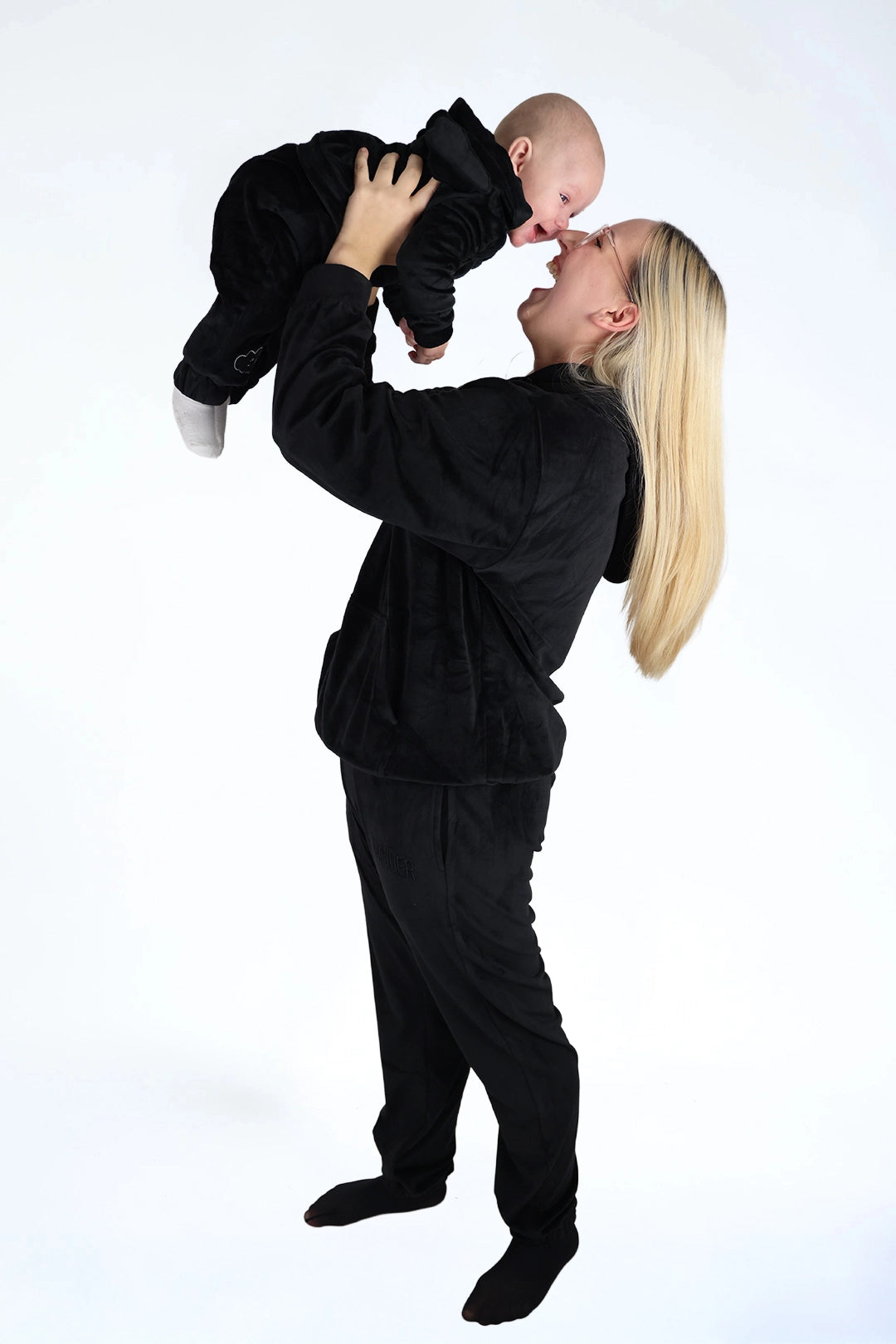
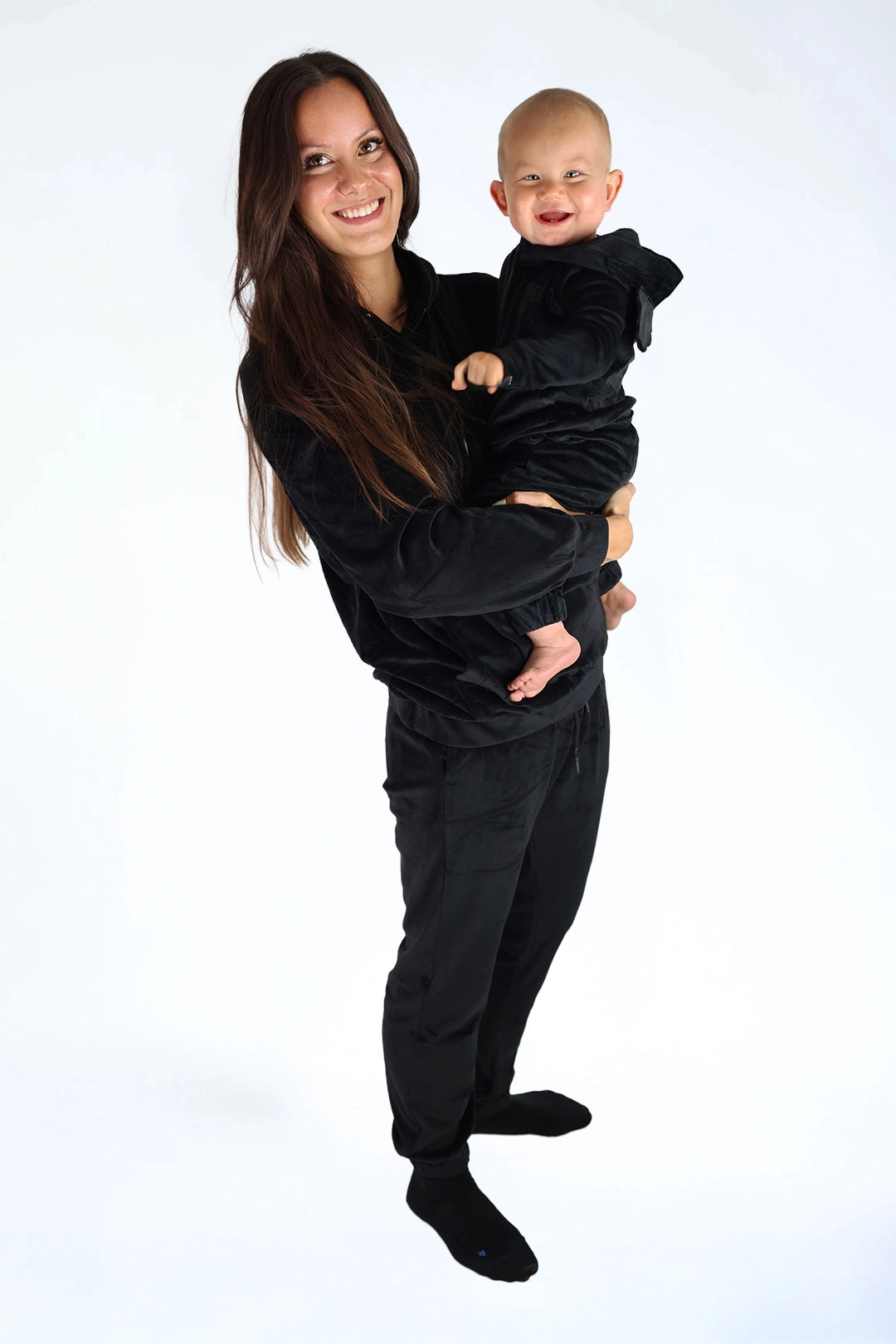
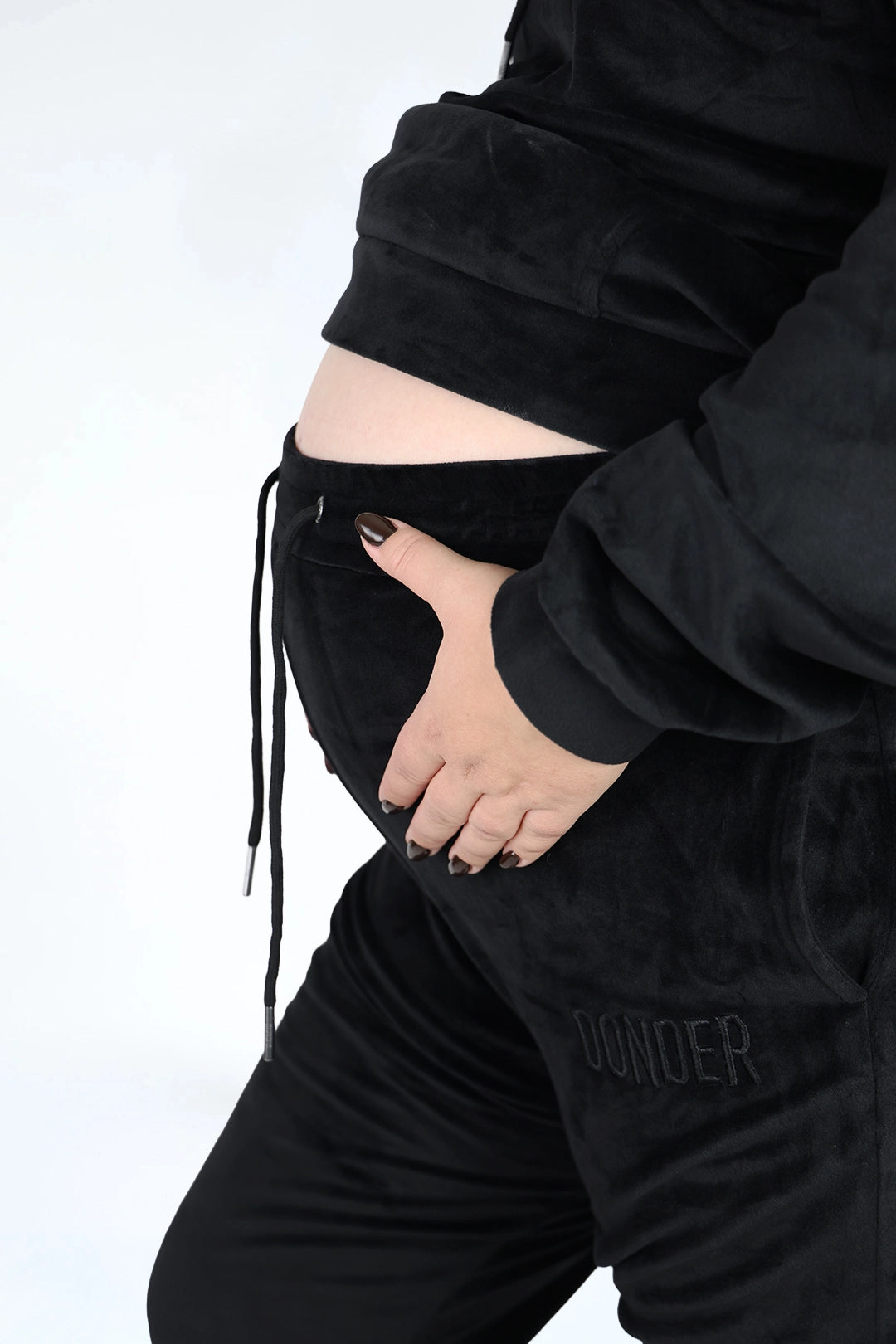
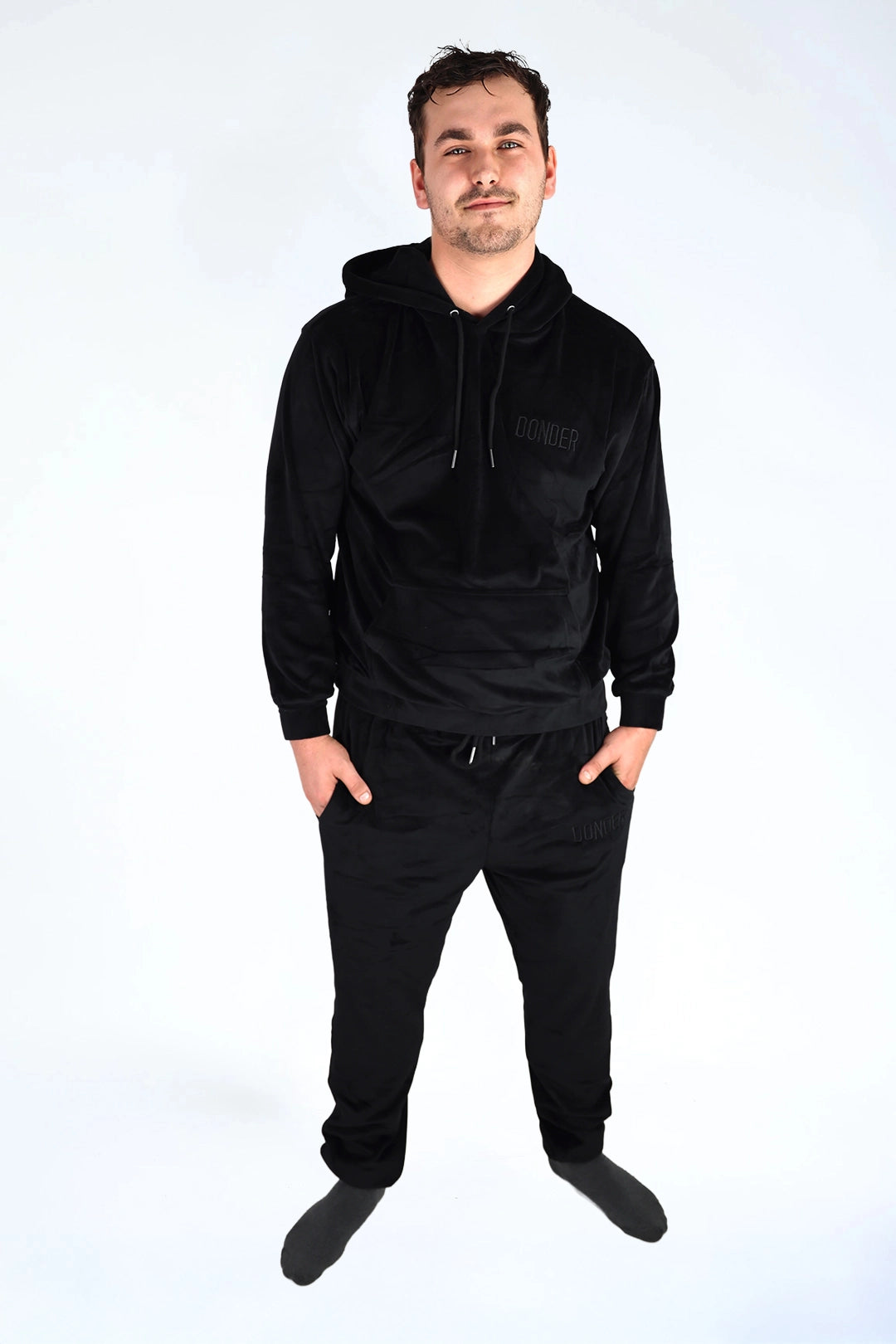
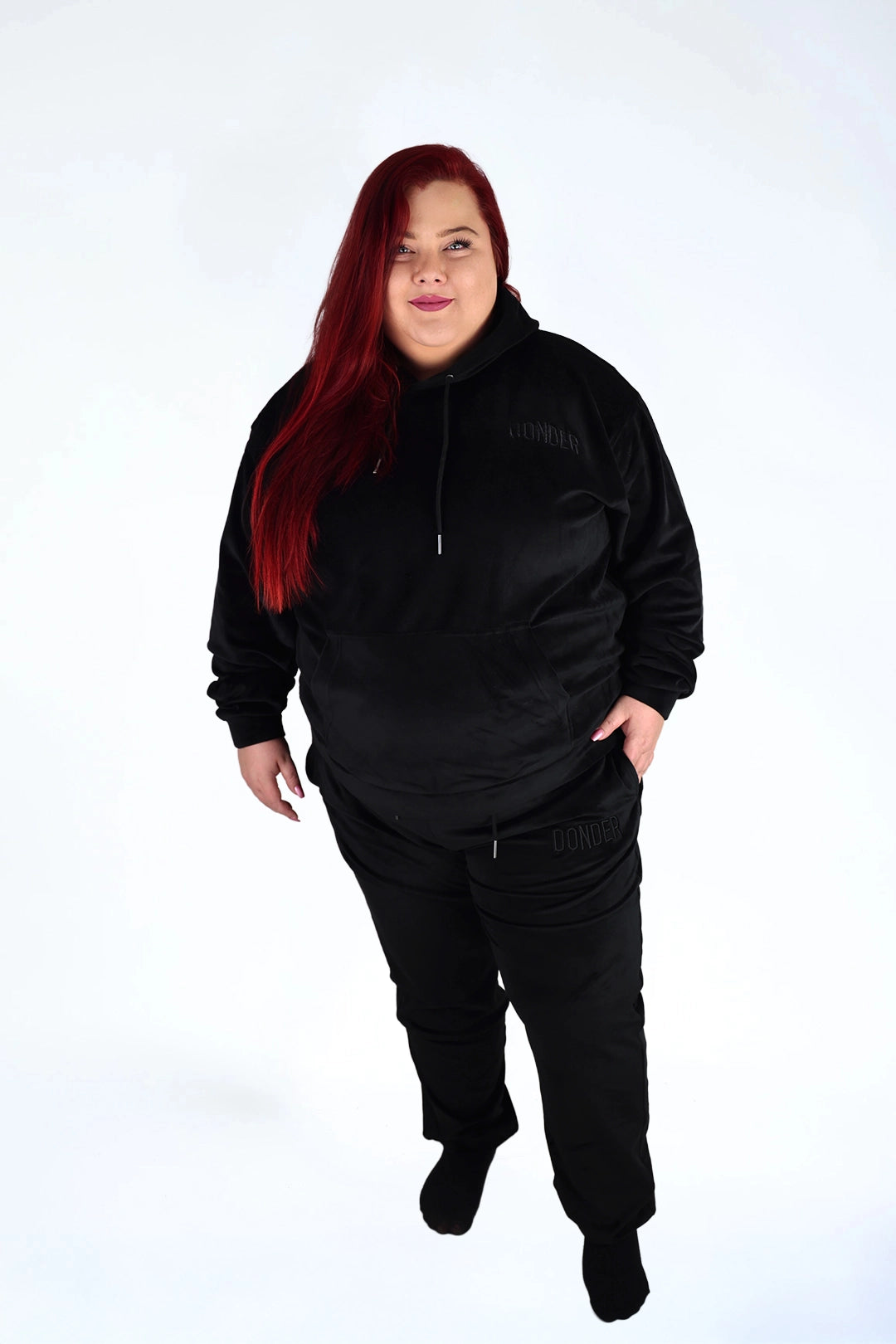
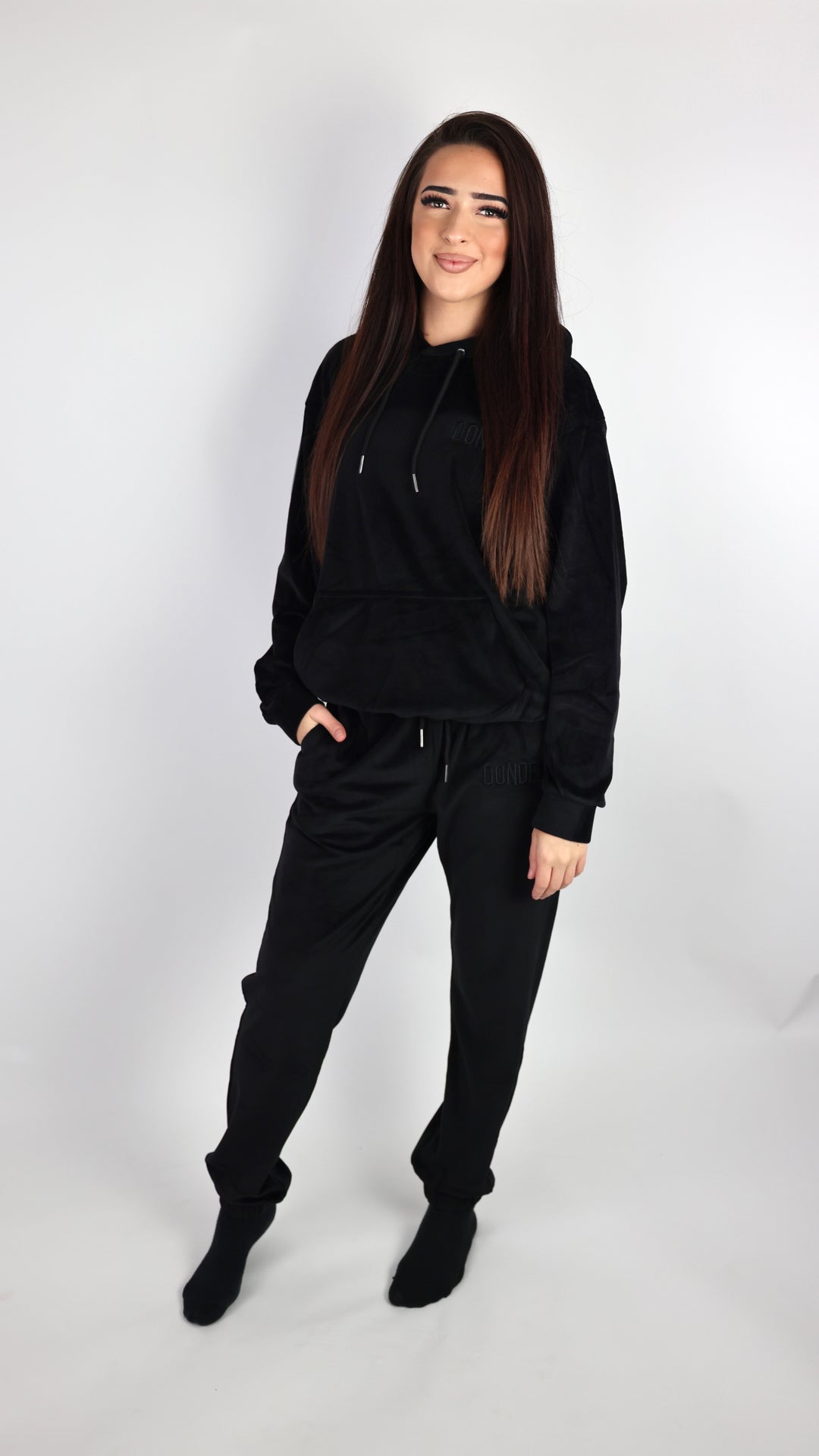
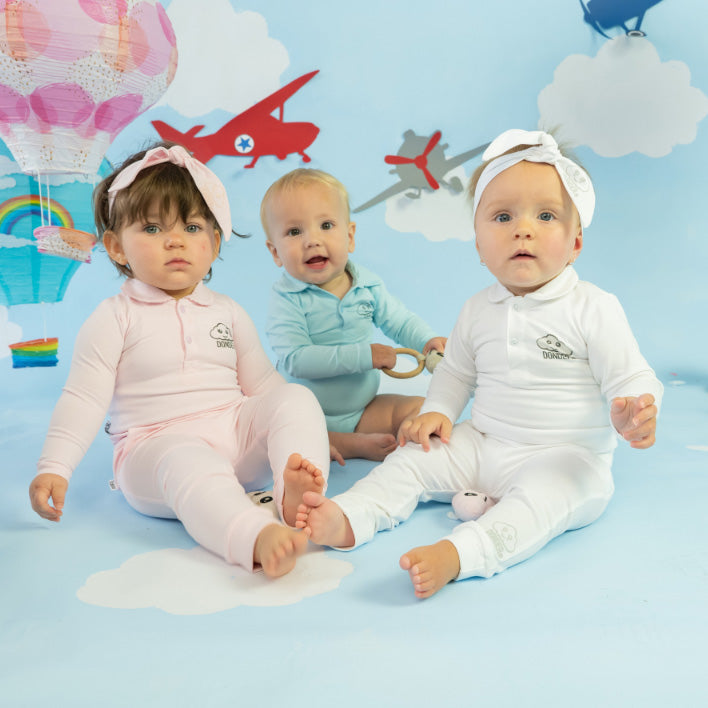
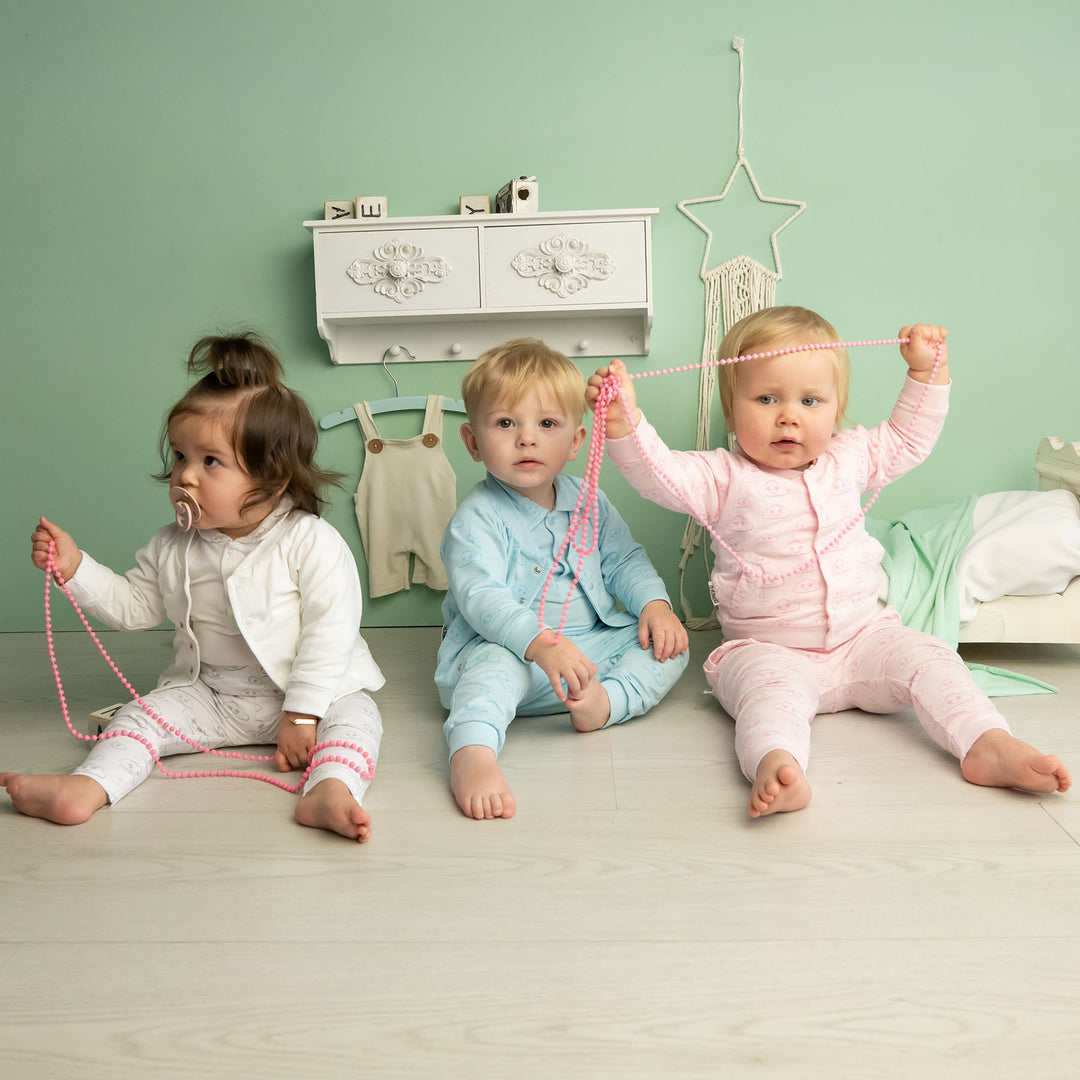
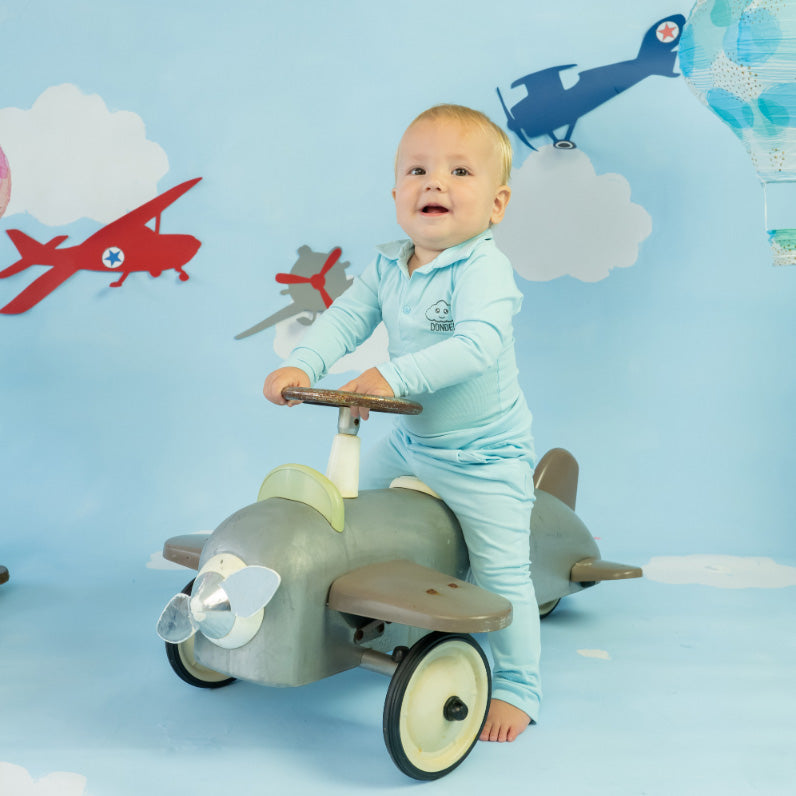
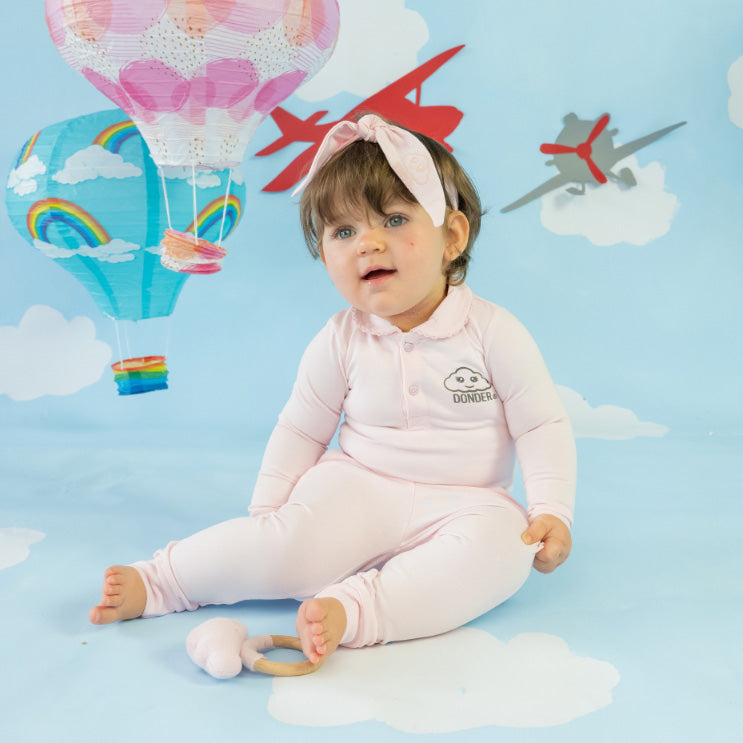
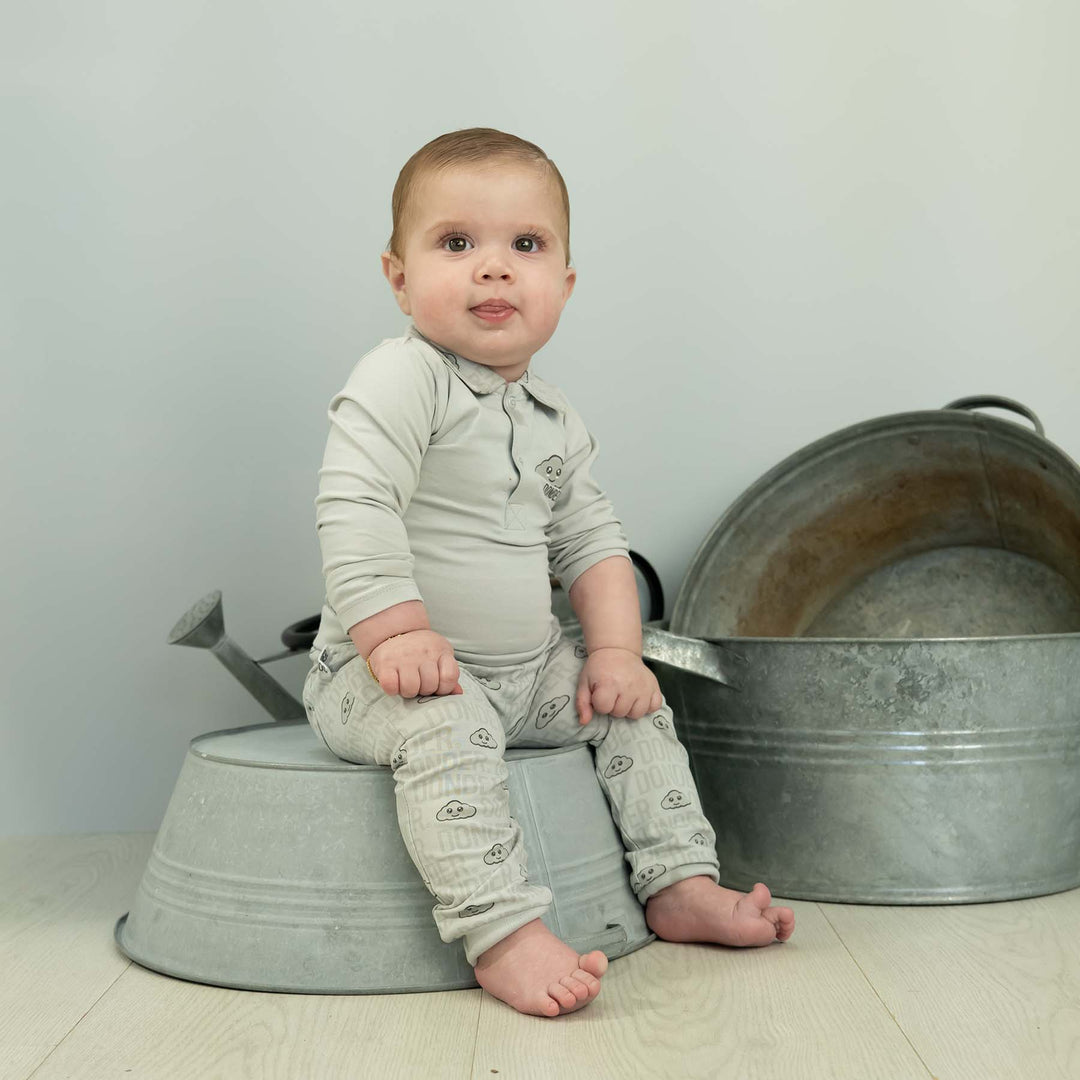
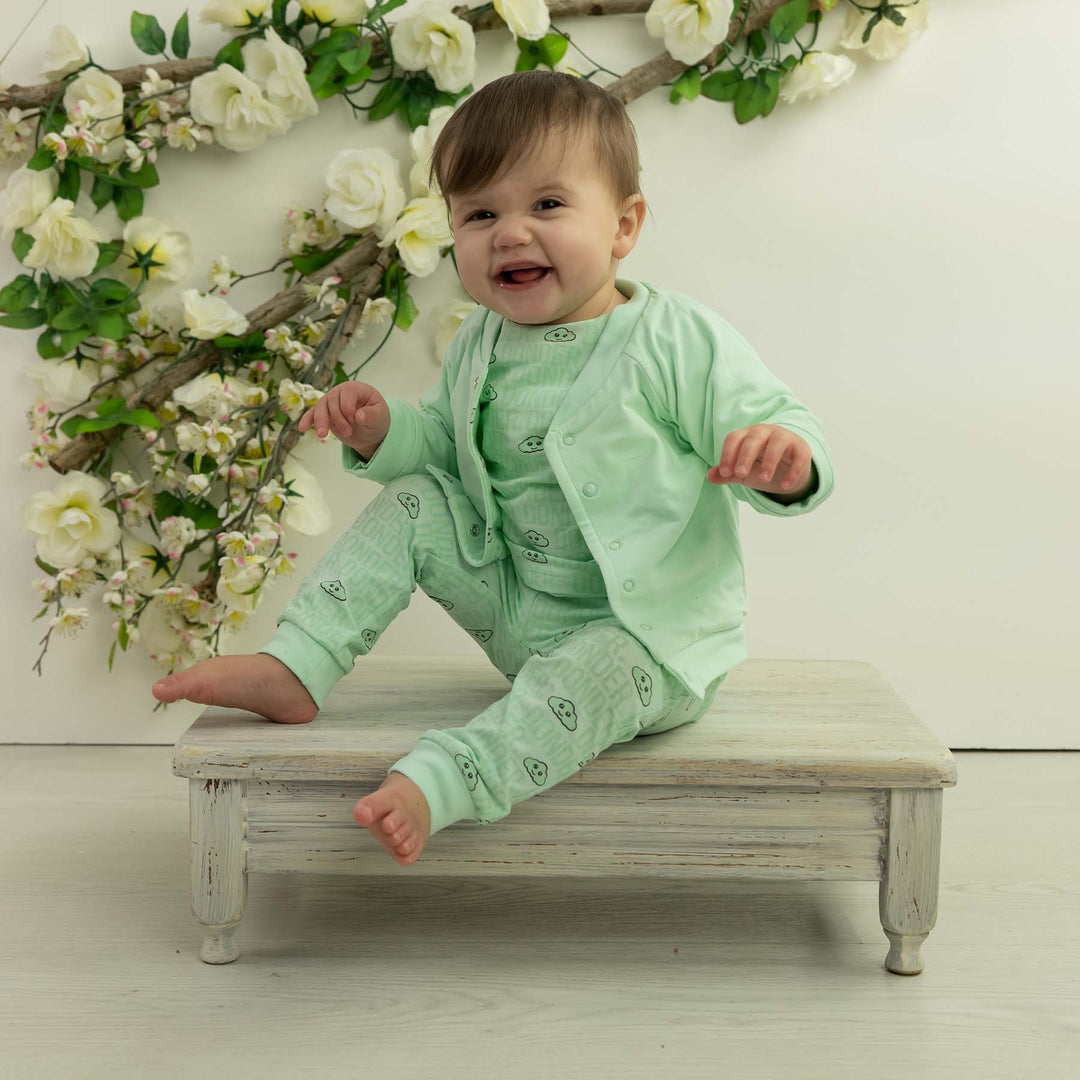
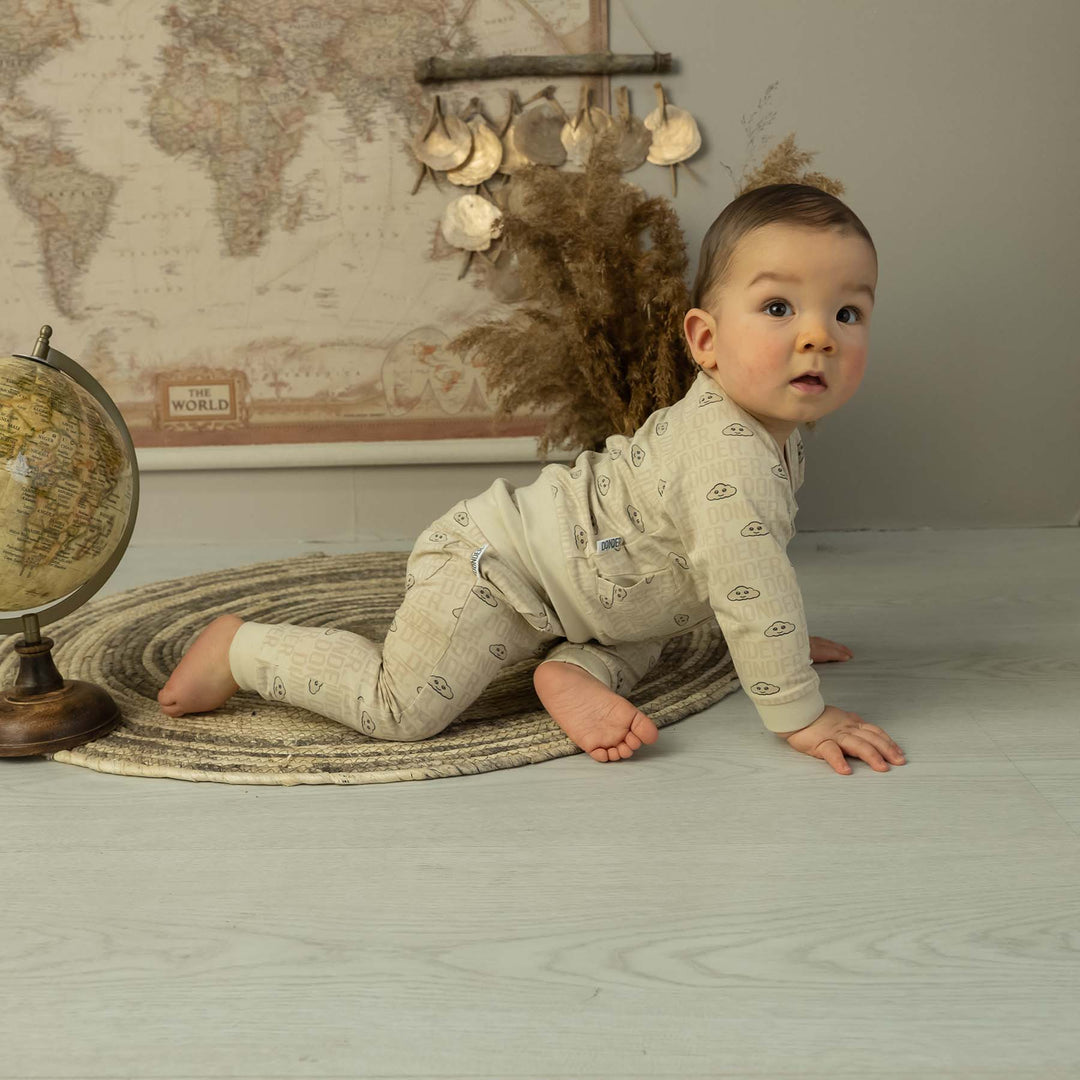
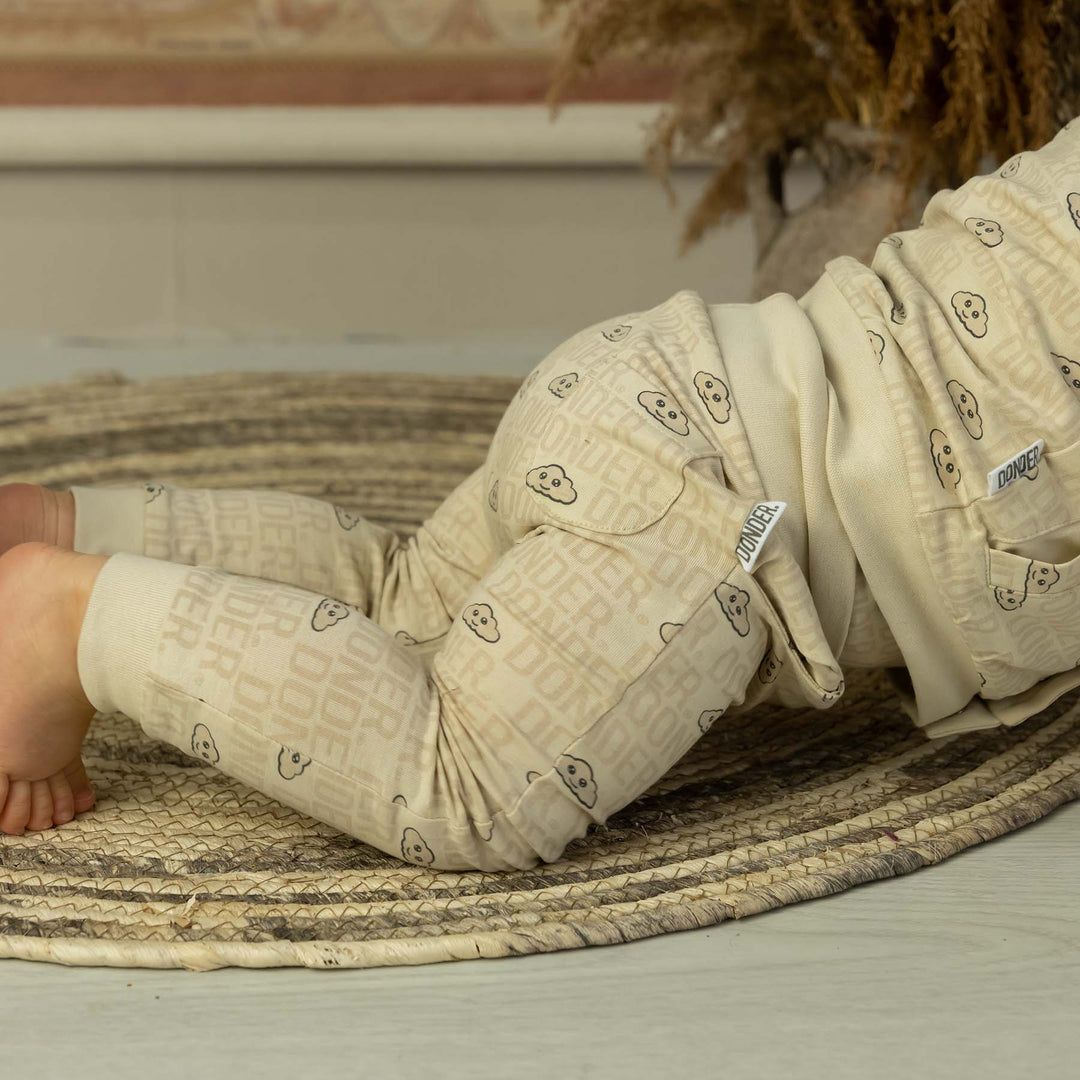
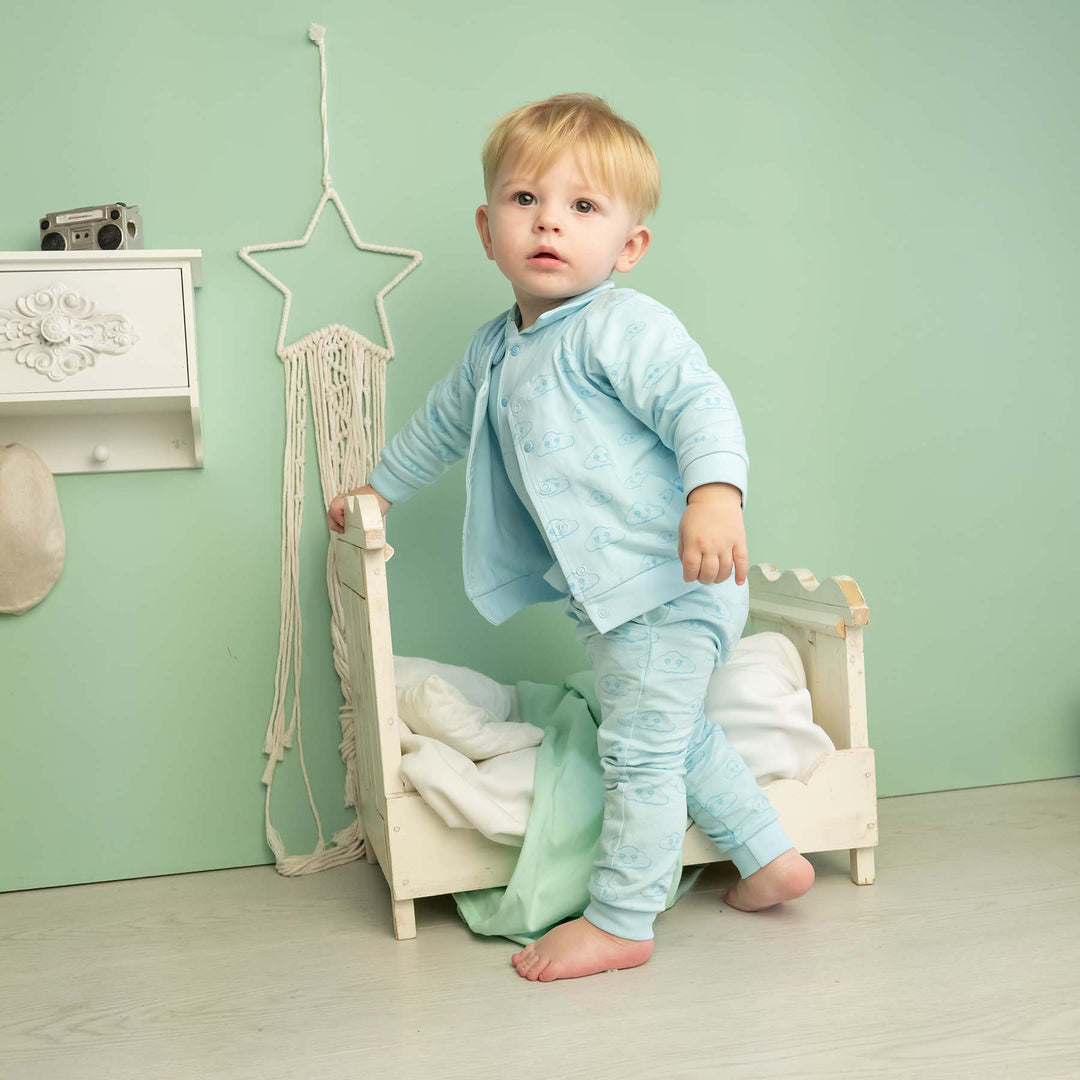
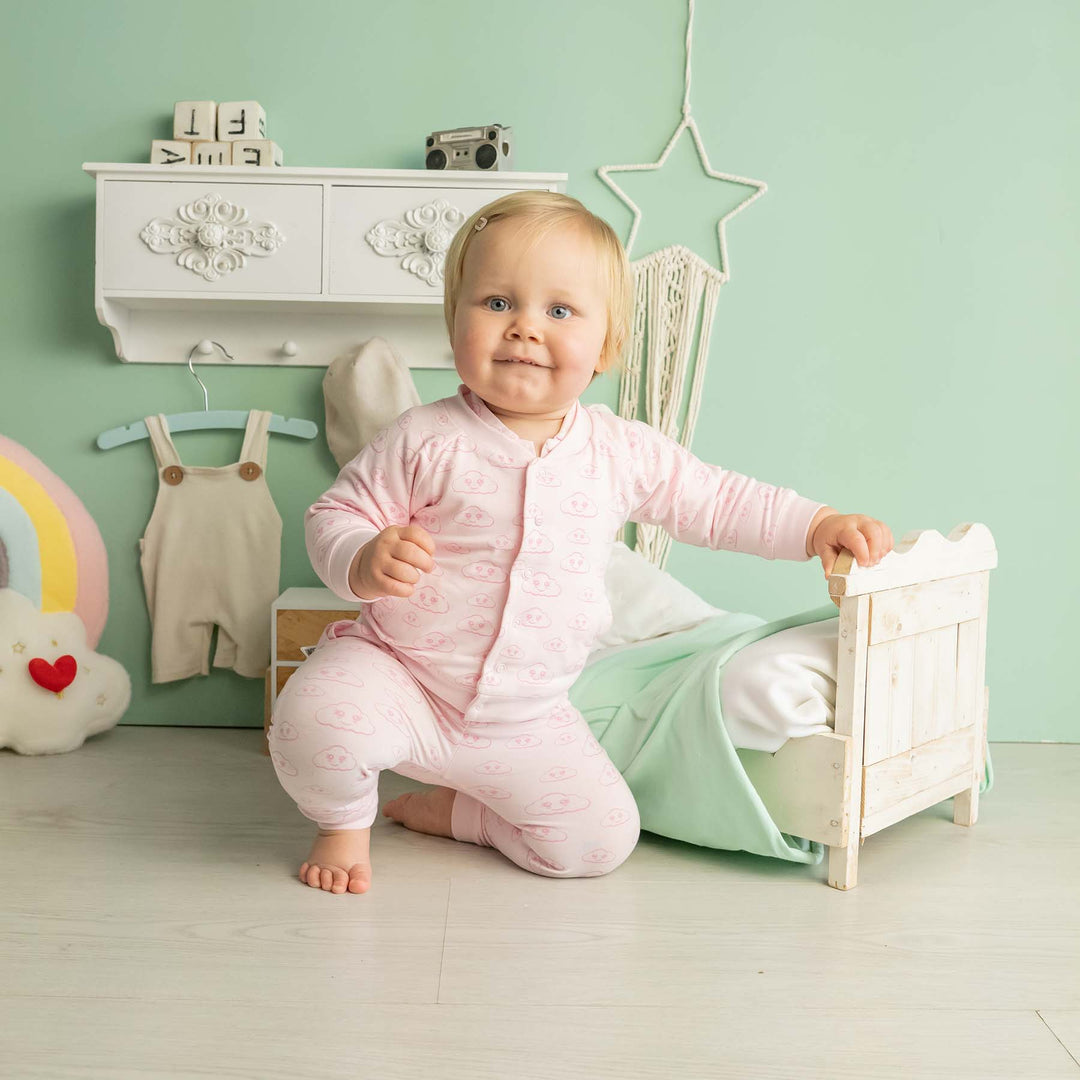
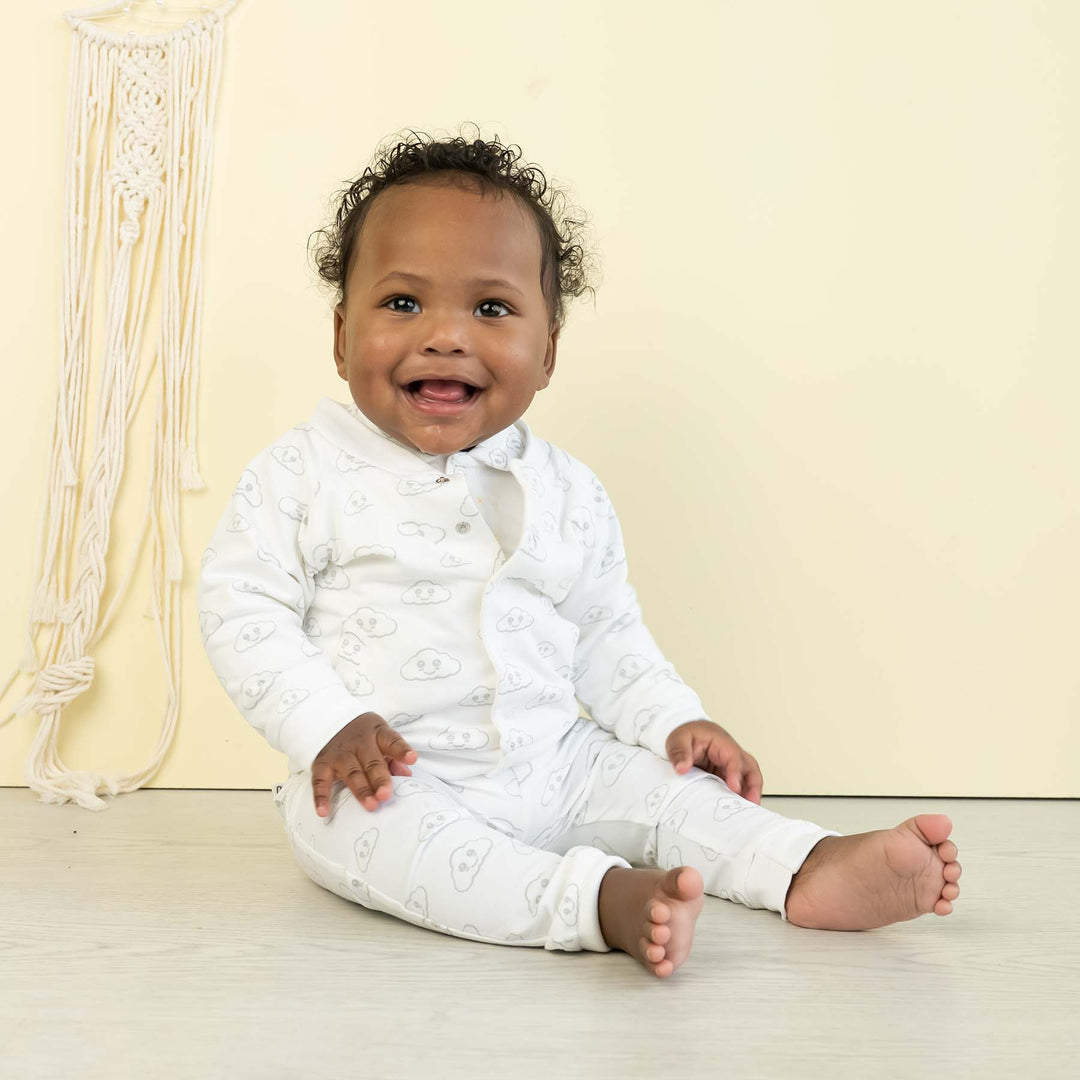
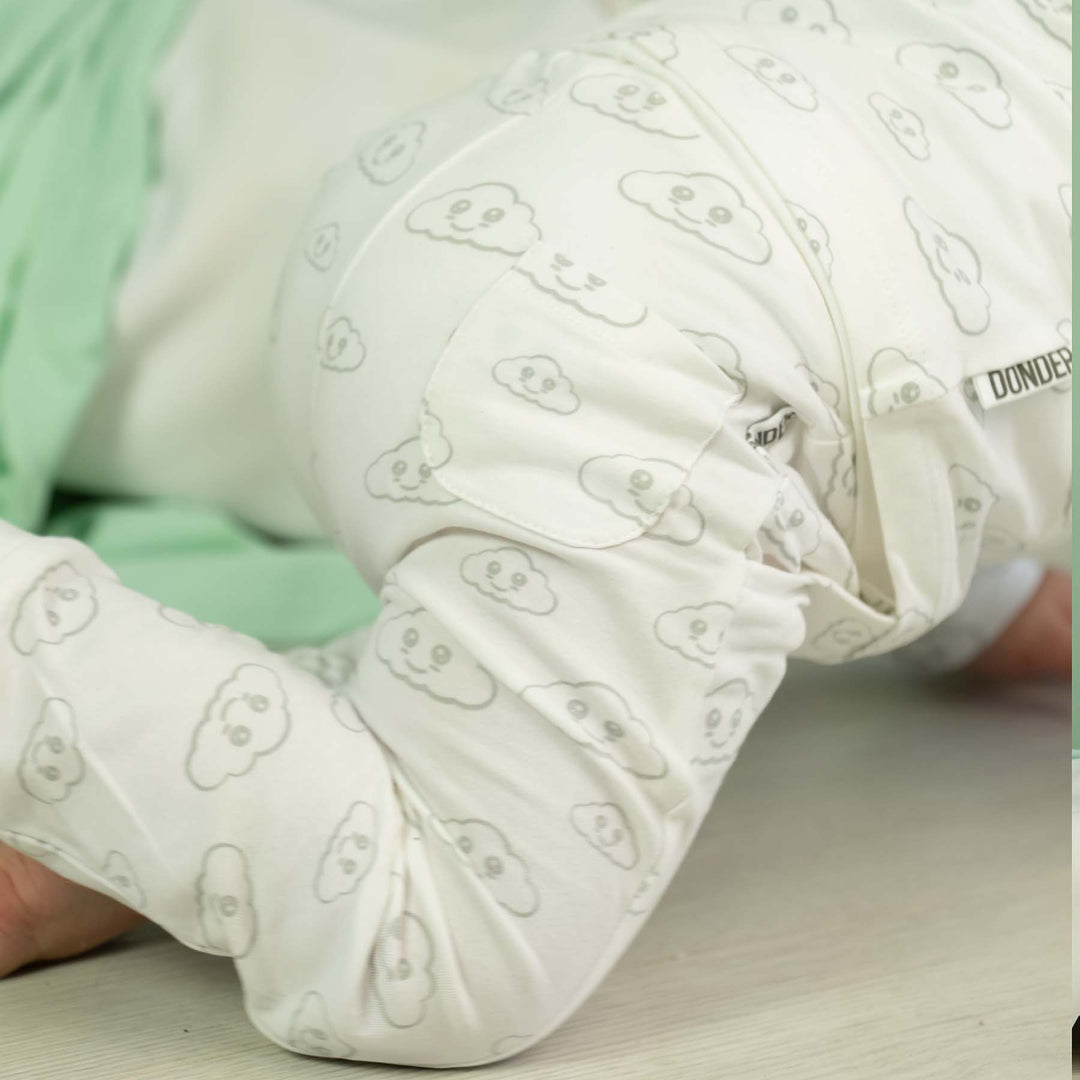
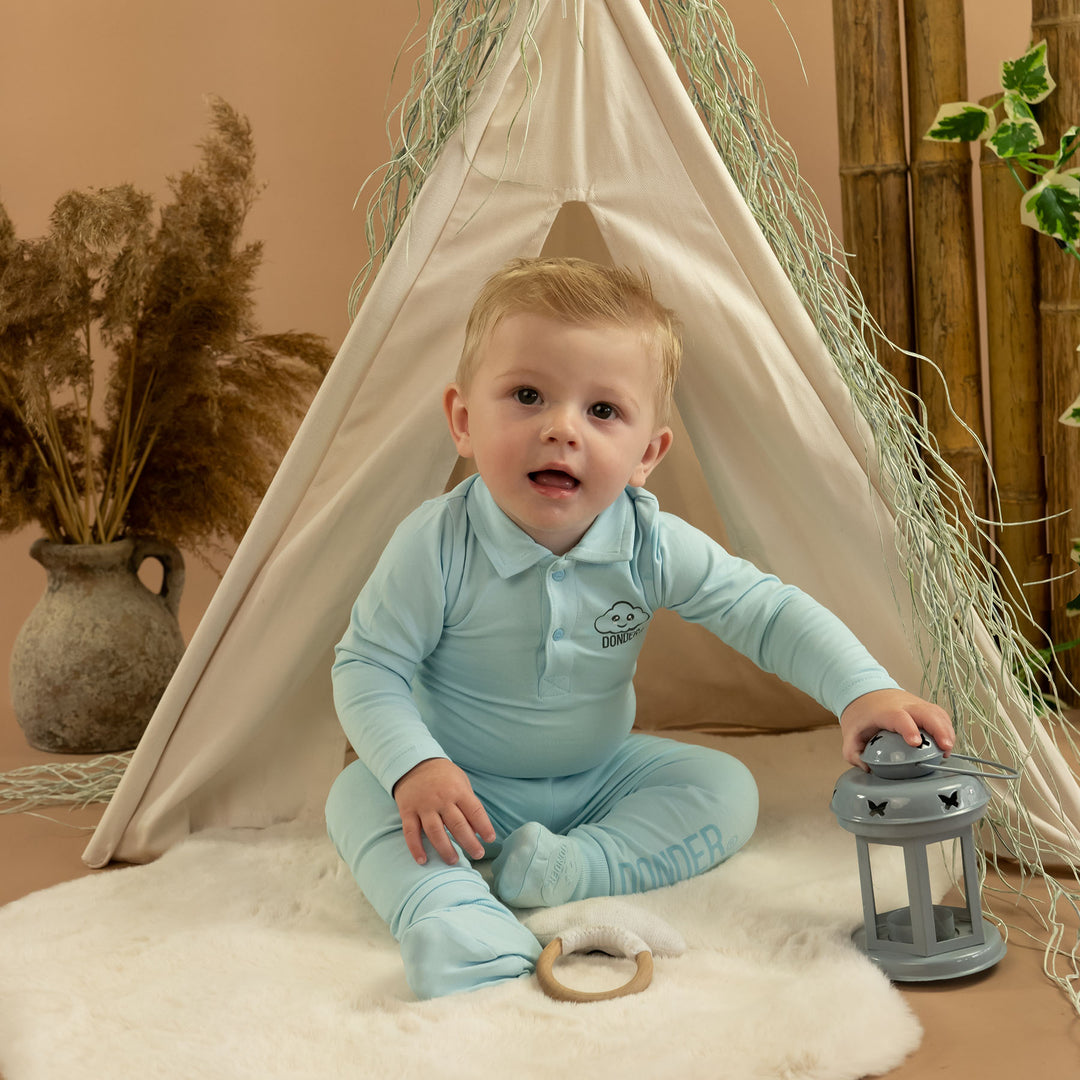
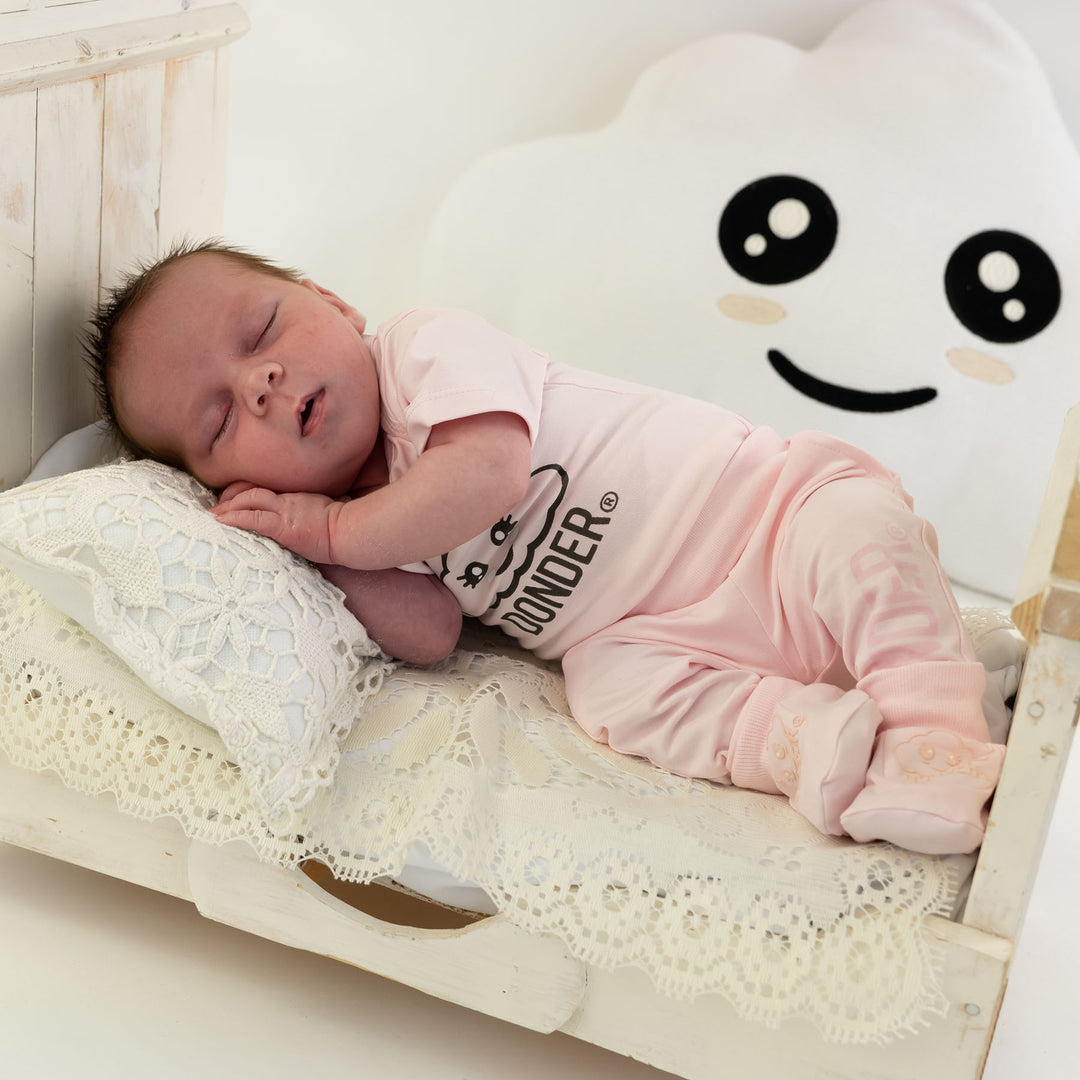
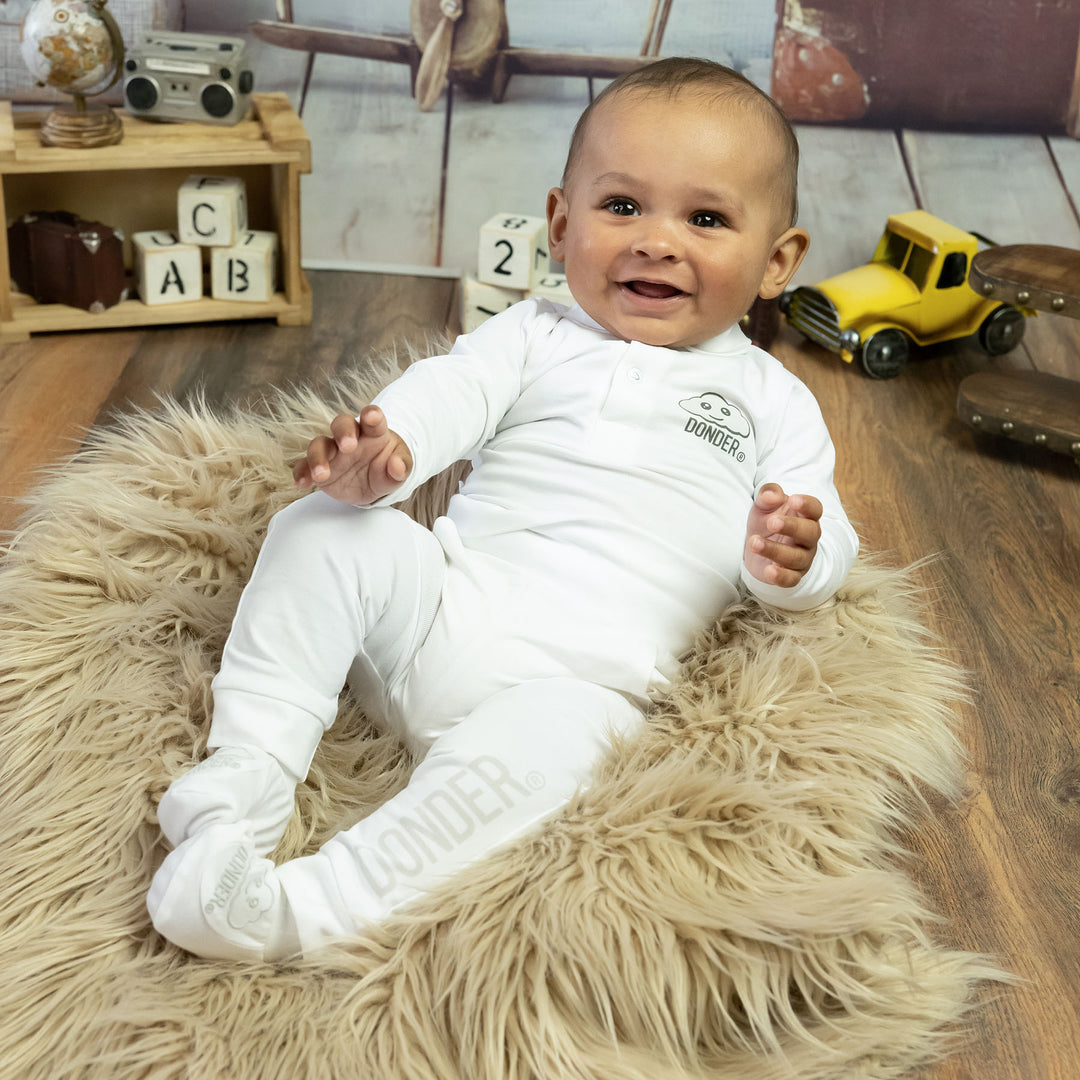
Leave a comment